The Santa Fe Trail (1821-1880) was the great wagon road to the southwest where Americans traded with the Mexicans (profitable for both parties). A one-way trip took about eight weeks (if all went well). The Plains Native Americans (Comanches, Kowas, Cheyennes, Arapahos and Apaches) were caught in the middle causing conflict, treaties, and broken treaties.
Initially, 150 soldiers were stationed at Fort Larned and it increased to 400 plus some civilians for skilled work (blacksmiths, tinsmiths, carpenters, painters, etc.) Entry to the fort is via a pedestrian walkway over the Pawnee Fork River.
One of the barracks (originally housed two companies of infantry) has been converted to a Visitor Center, museum, and gift shop.
A 10-minute video provides an excellent overview of the history Fort Larned. In 1868, the original adobe buildings were replaced by the nine stone and timber ones that exist today. Below are some items of interest we saw in the museum.
Three Remington sculptures (reproductions). A buffalo-tooth necklace with a peace medal; these were awarded to Native American chiefs by the US Government to promote goodwill.
Buffalo roamed the high plains, but the arrival of the settlers significantly impacted the hunting grounds here. The second photo is a buffalo stomach used as a cooking vessel.
Standard bunks slept 4 men; two on bottom and two on top. A head-to-toe sleeping arranged was stipulated by Medical Corp regulations. This bunk was built in 1861. Iron cots began replacing the wooden ones by the mid-1870s.
Eight volunteer and three regular army calvary regiments served at Fort Larned over the years. The 10 US Calvary, a regiment of black soldiers, was garrisoned here for two years beginning in 1867. Known as "Buffalo Soldiers," they established a reputation as first-rate frontier fighters, respected by both Army and Native Americans. Also shown below are the Native Americans who lived in the area.
The barracks had five rooms: squad room (40'x40' dorm room that slept 68), orderly room, mess hall, kitchen, and store room.
The post doctor's office and hospital are shown below. Tags were placed on patients' beds with their medical condition. Also, there was an "inside" privy!
The Shops Building housed the bakery (the baker, too) and blacksmith shop at either end. A workshop area was located in the middle and was used for wheelwright, carpentry, tinsmith, and saddlery work.
The blacksmith demonstrated how to make a large link in a chain (and then gave it to us as a souvenir). The fire is heated to 2,000-4,000 degrees F to properly mold the iron. Wow!
The cemetery is located outside of the inner court of the fort behind the hospital and shops building. There is a plaque citing the names of the individuals who died here and a monument that is original to the fort (although very weathered at this point).
The blockhouse (the only reconstructed building at the site) is a hexagon stone building that contain a powder magazine, two levels of rifle slits, an underground passageway to the fort and a well.
The New Commissary (1868) housed the overflow food supplies from the Old Commissary. It also was used as a school room for soldiers and post children and a library.
The Old Commissary (1867) and Quartermaster Storehouse (1868) are shown in the photo below. Food was distributed to the garrison from the Old Commissary. The western end was an arsenal and powder magazine. Note the rifle slits in the wall.
The Quartermaster Storehouse housed the military clothing, bedding, tools, field gear, tents, wagons, coffins, and anything else needed for frontier military needs.
Items were distributed by the troops from a room at the western end of the building.
The Company Officer's Quarters and the Commanding Officer's Quarters (center building) are shown below.
There are many carvings on the stones of all of the buildings in the fort.
The rangers here were very helpful and informative. As I said, the blacksmith was great! We very much enjoyed learning more about these Guardians of the Santa Fe Trail and the history during this time in our country. For additional information about Fort Larned, please see there website. There is no admission fee.

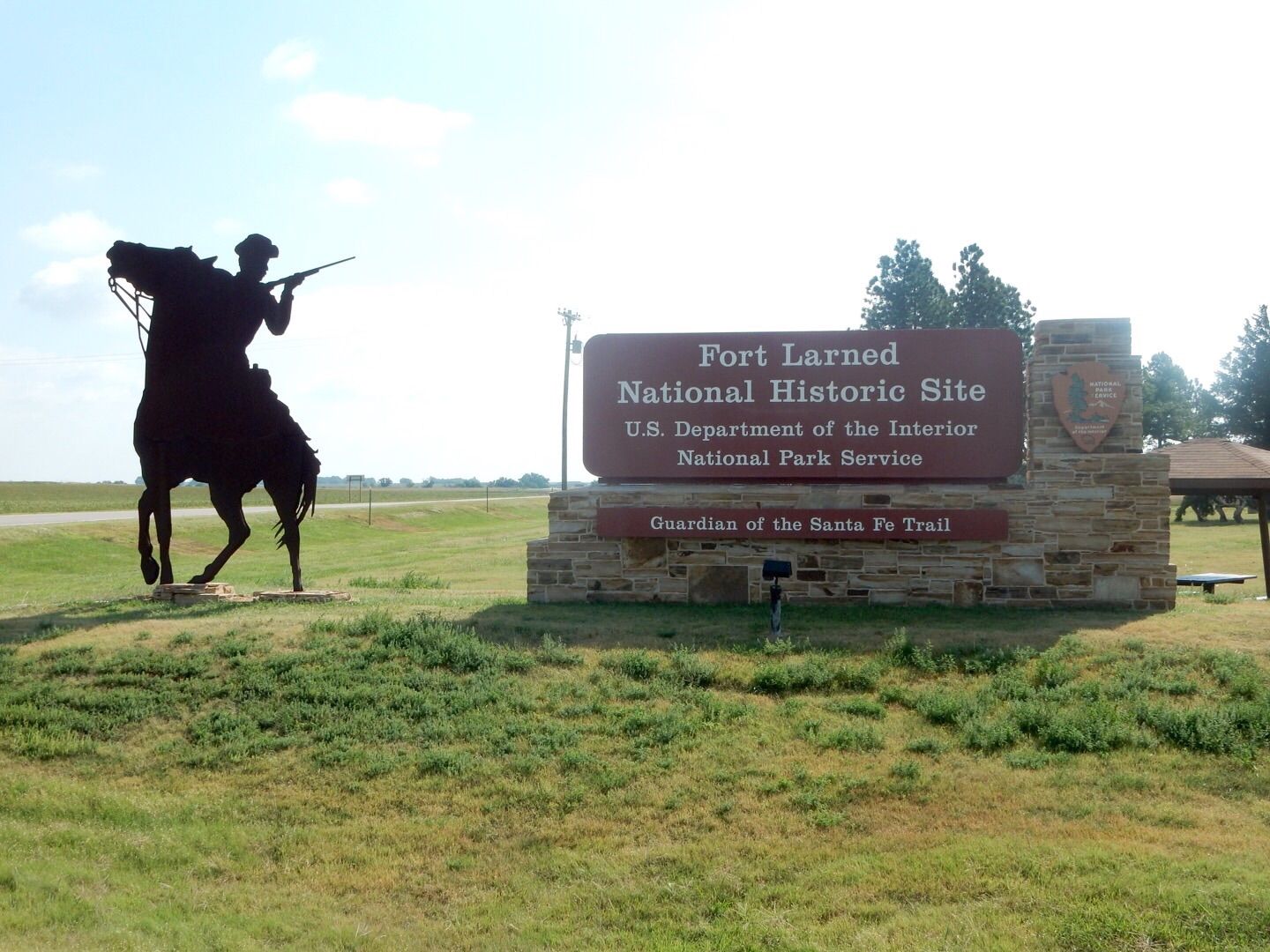
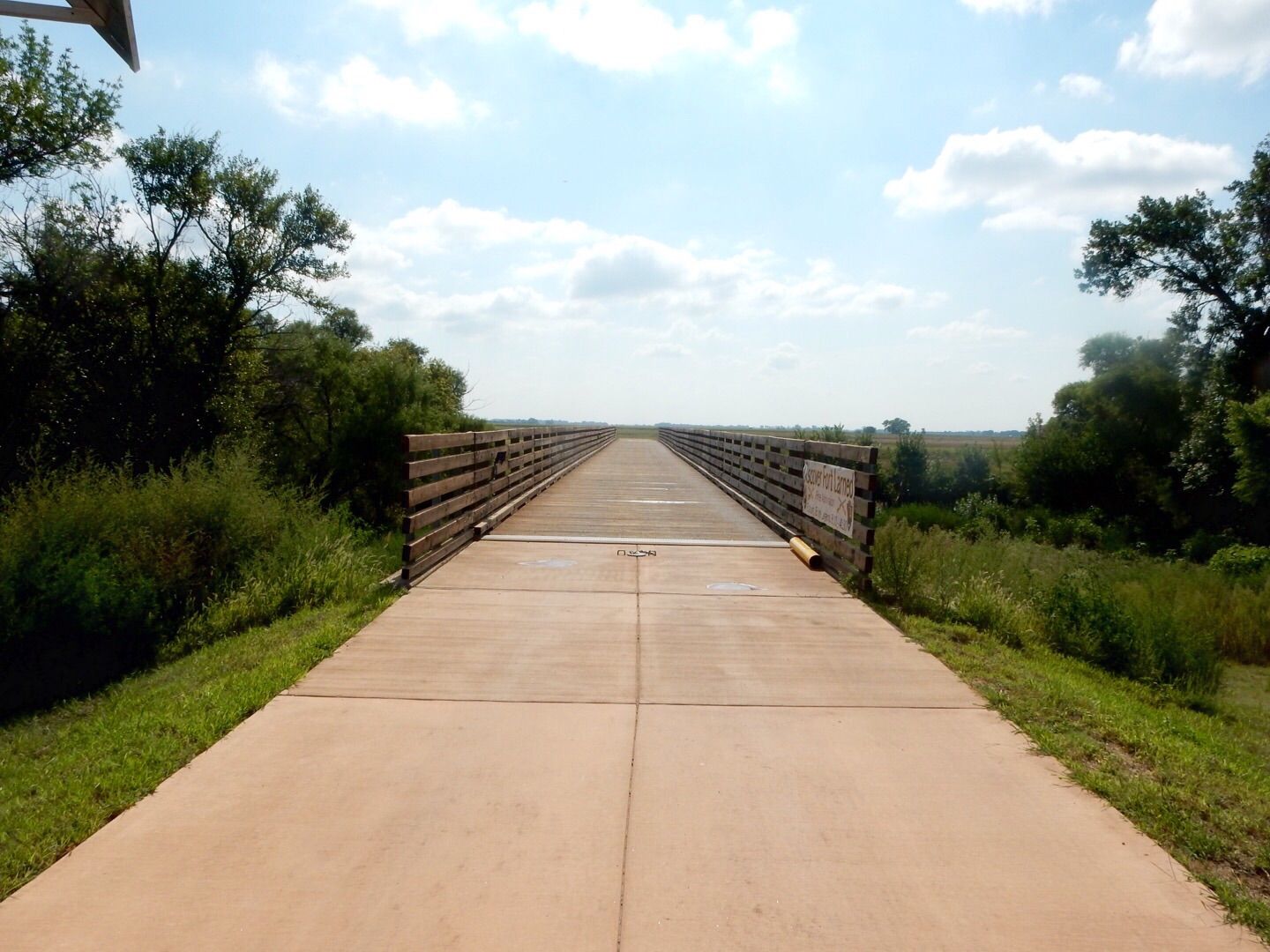
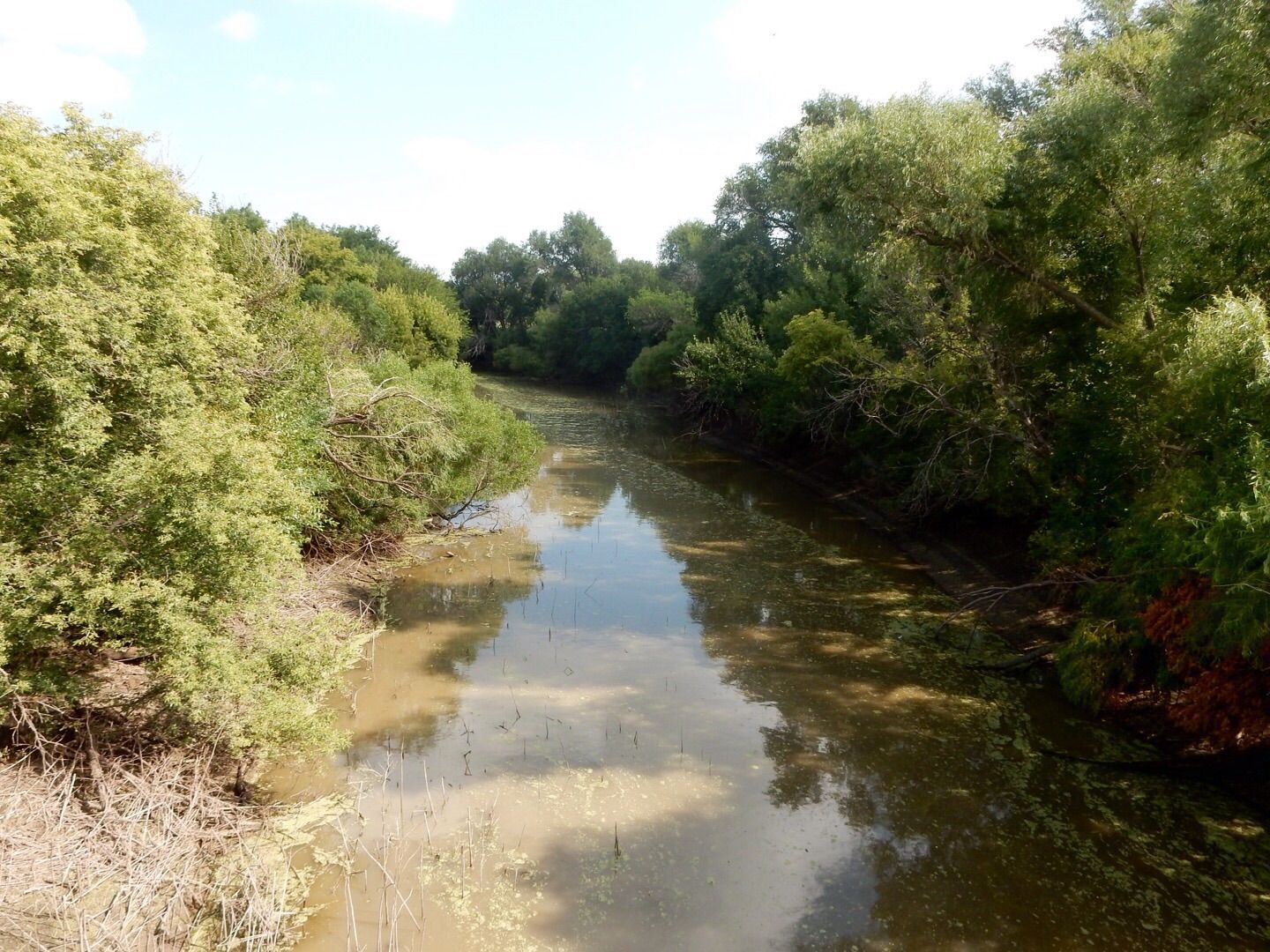
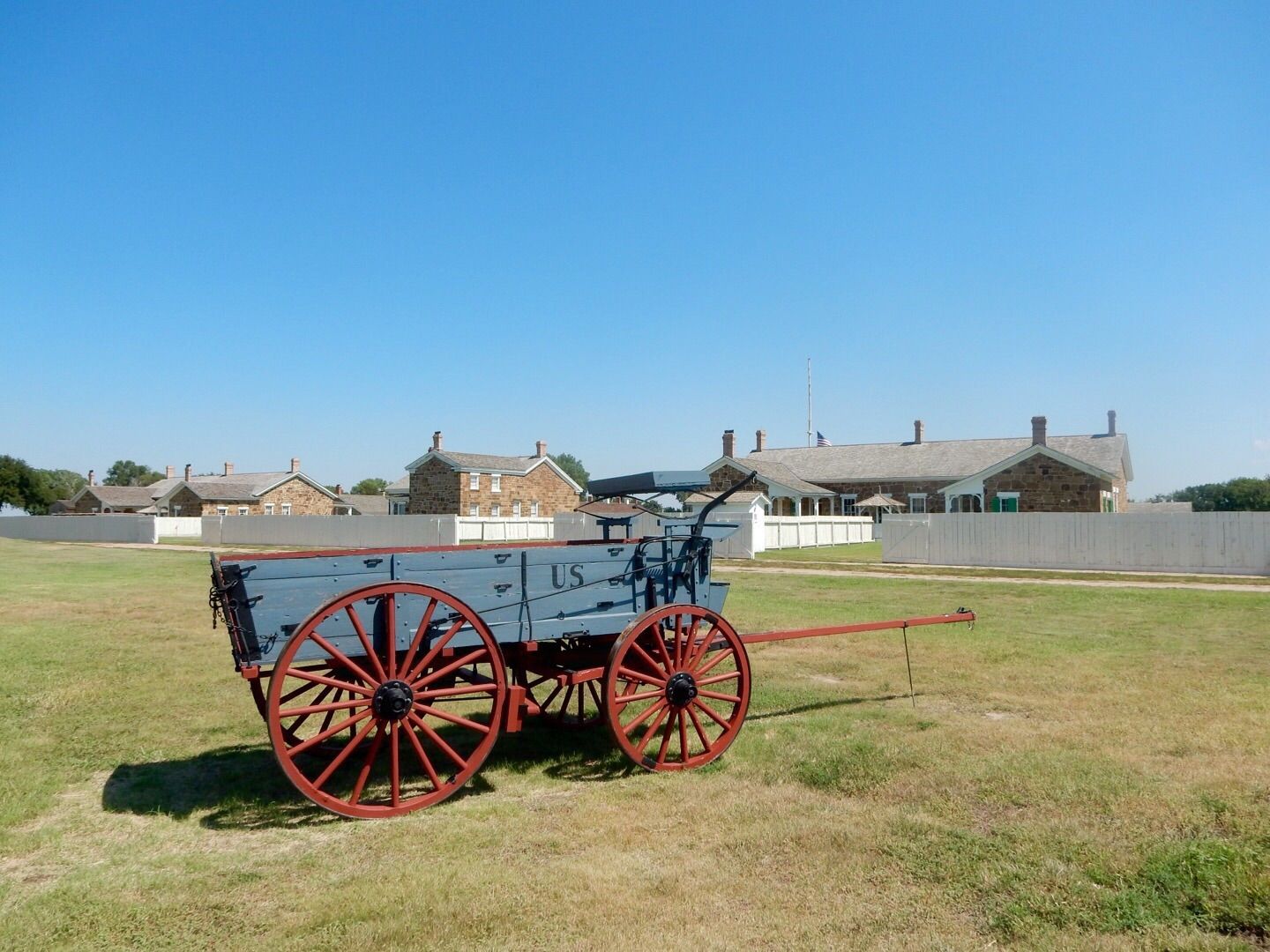
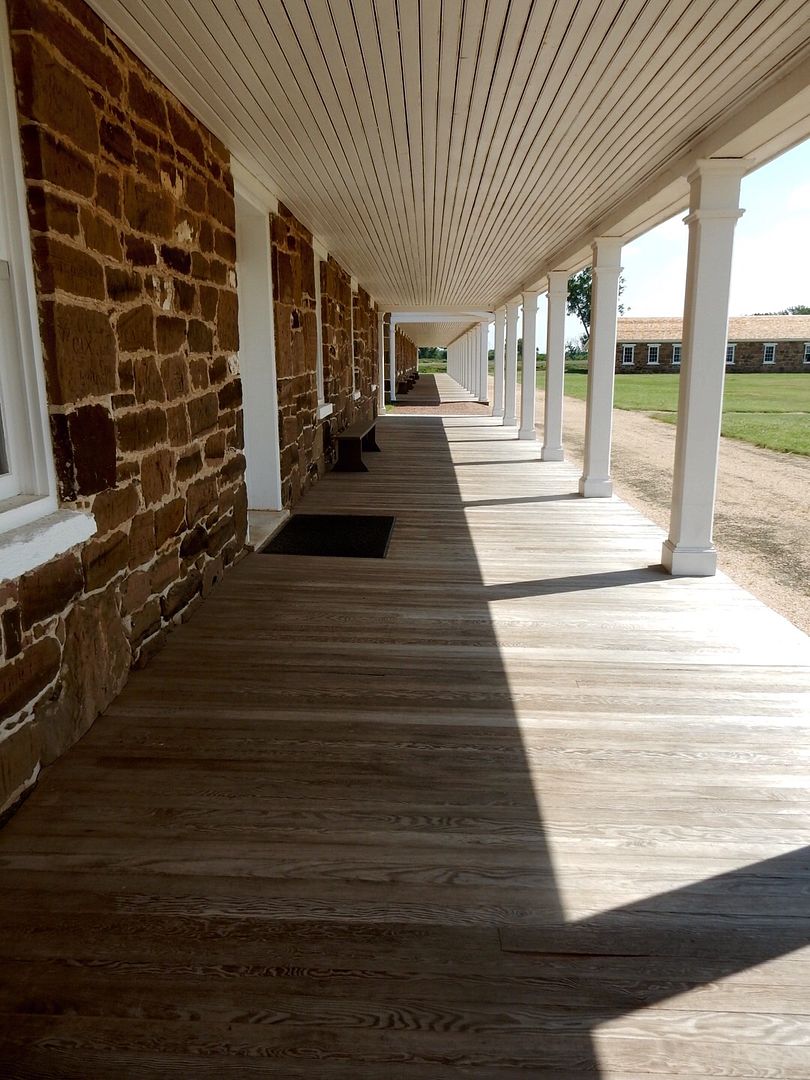
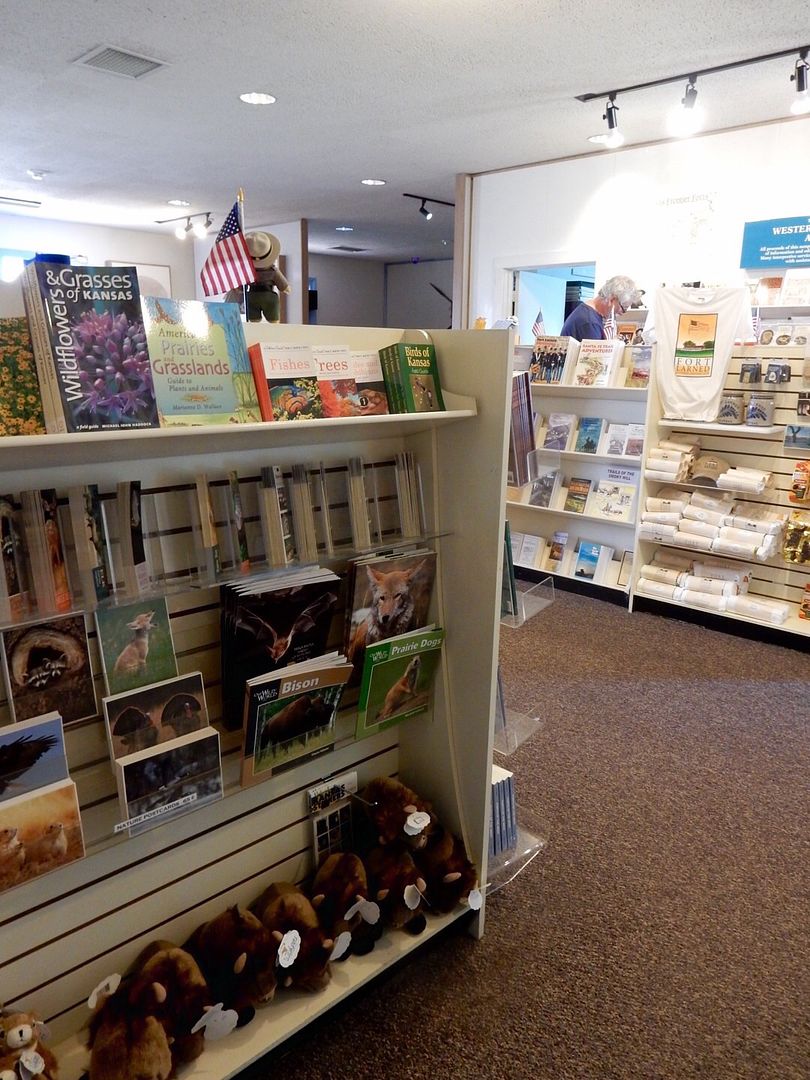

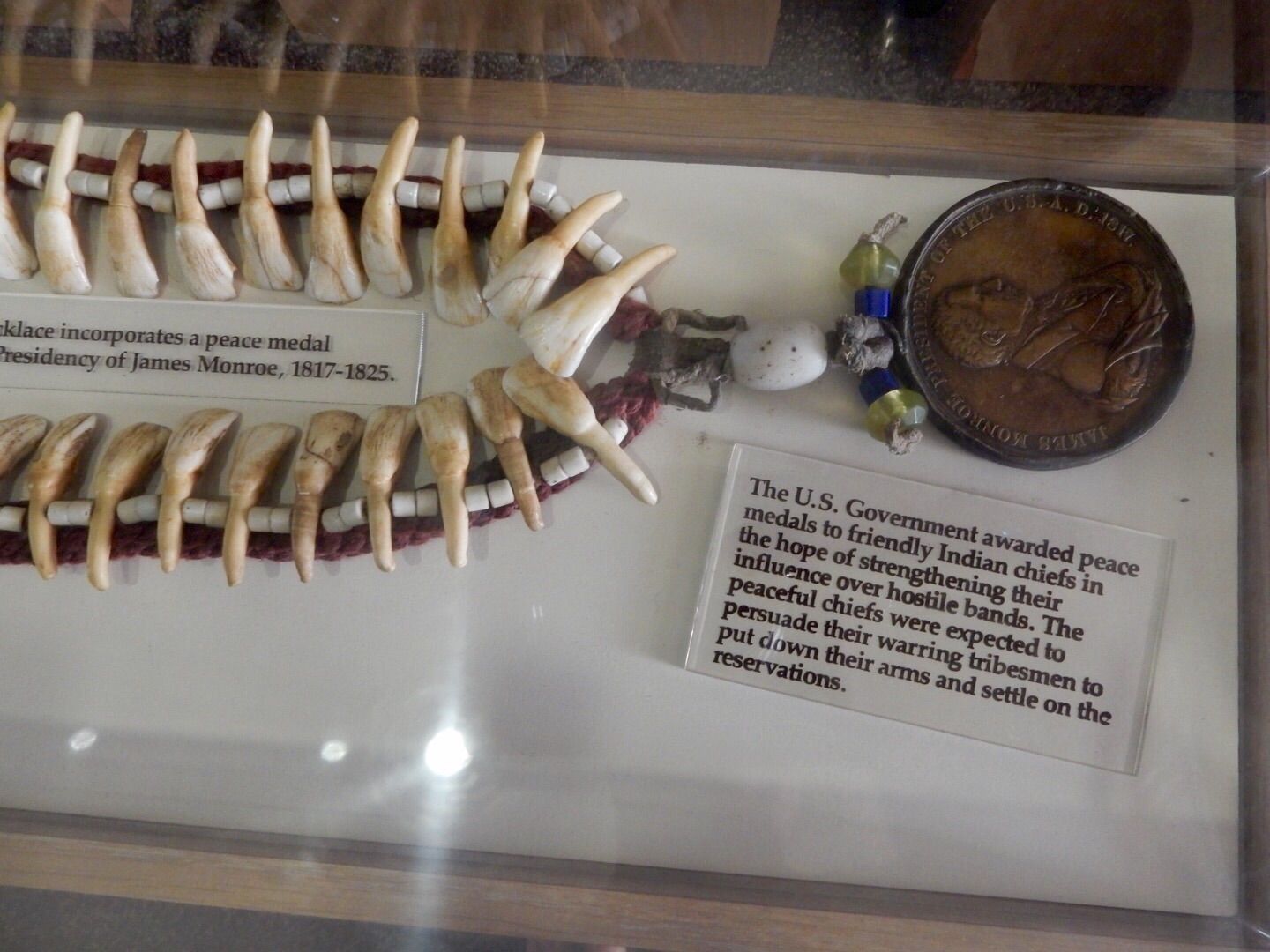



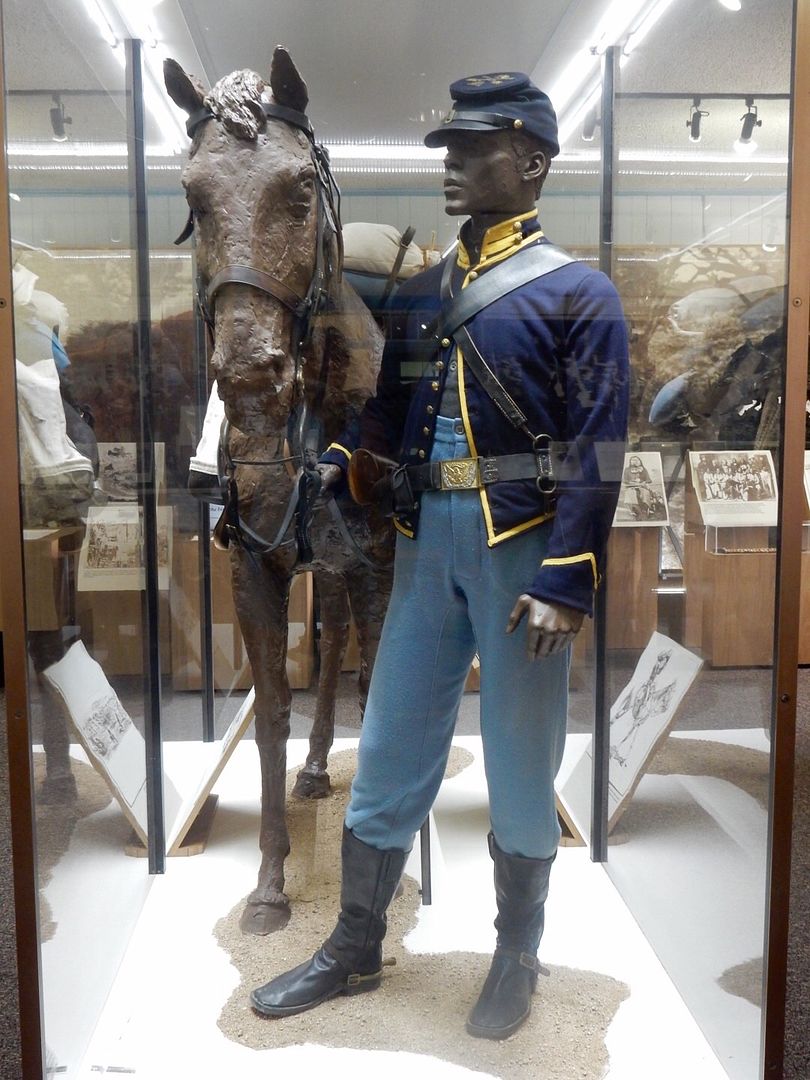
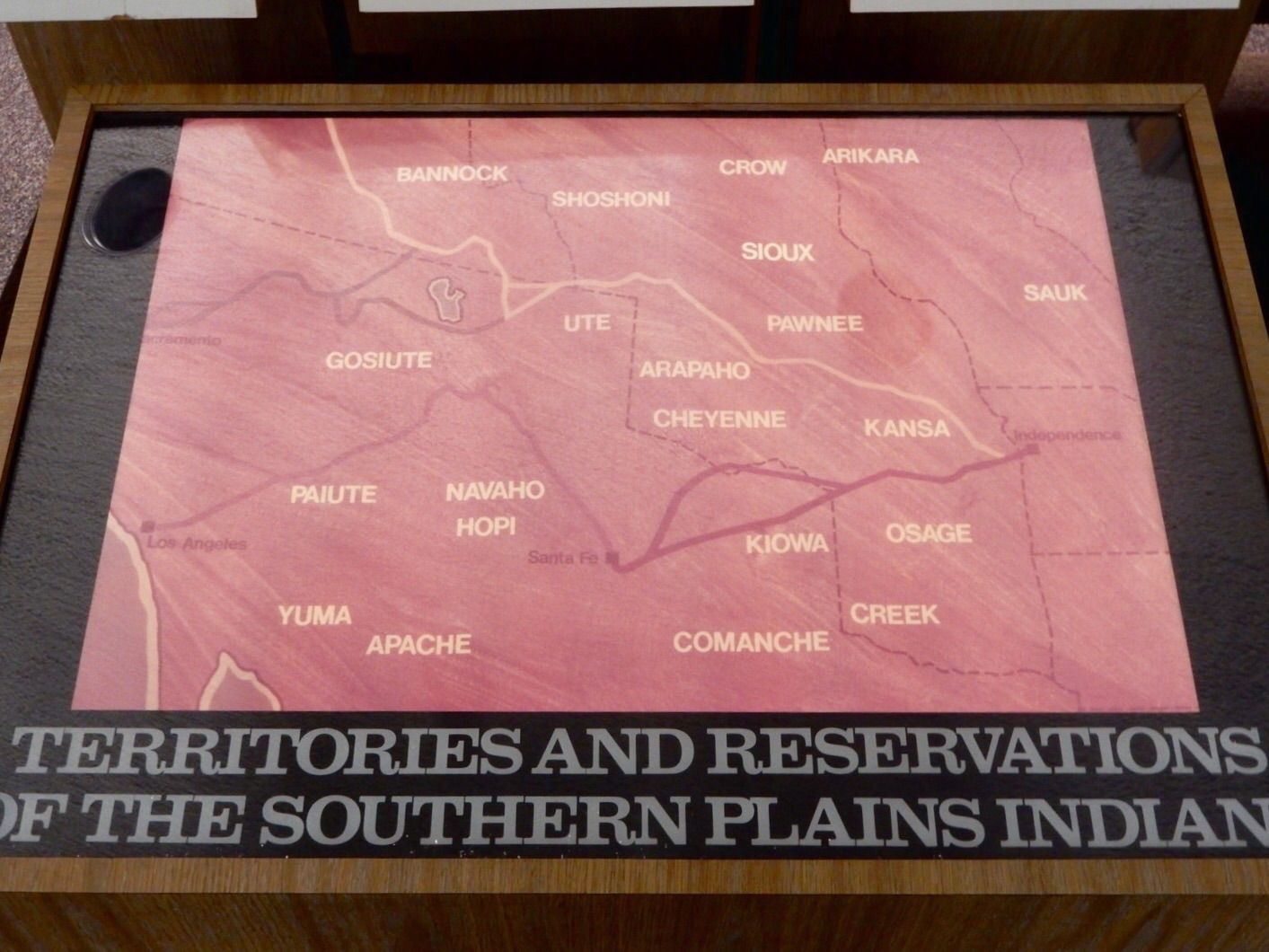
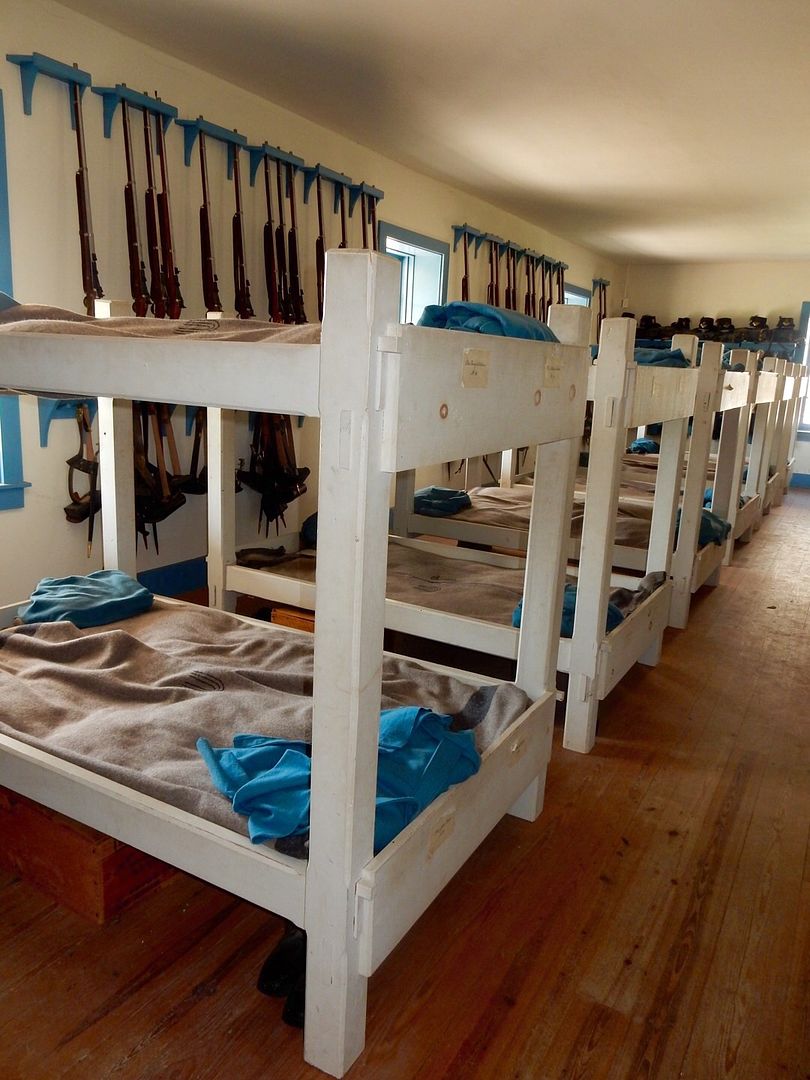
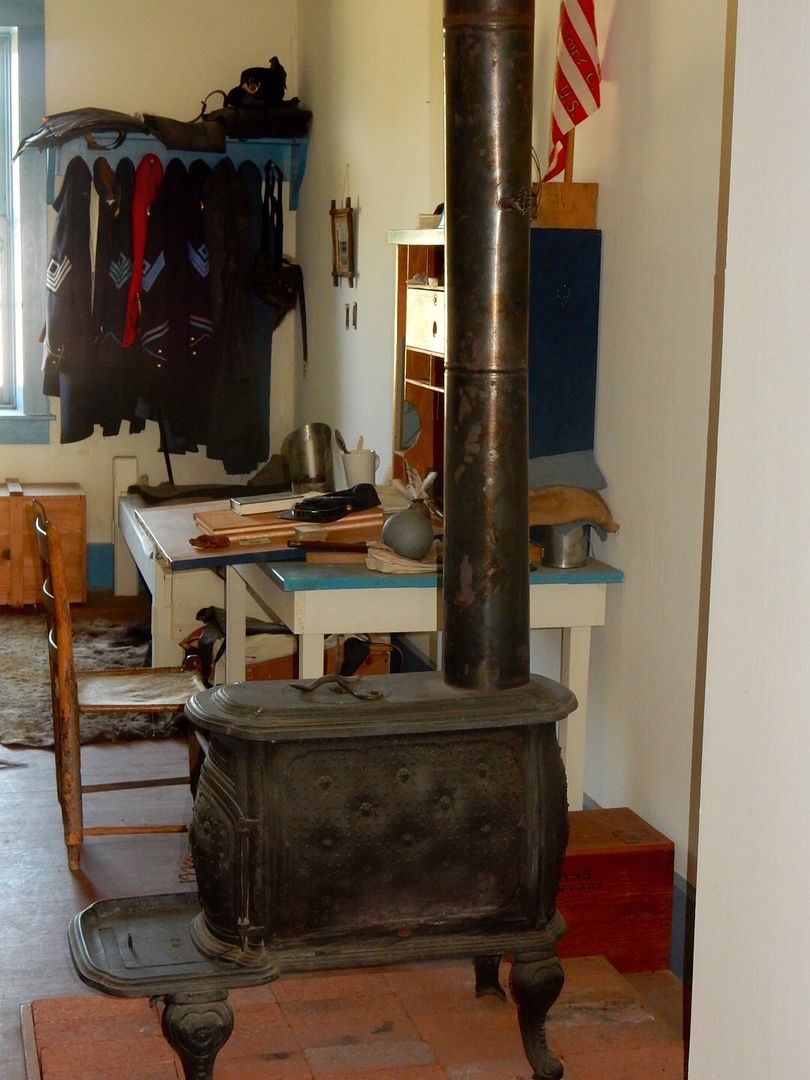
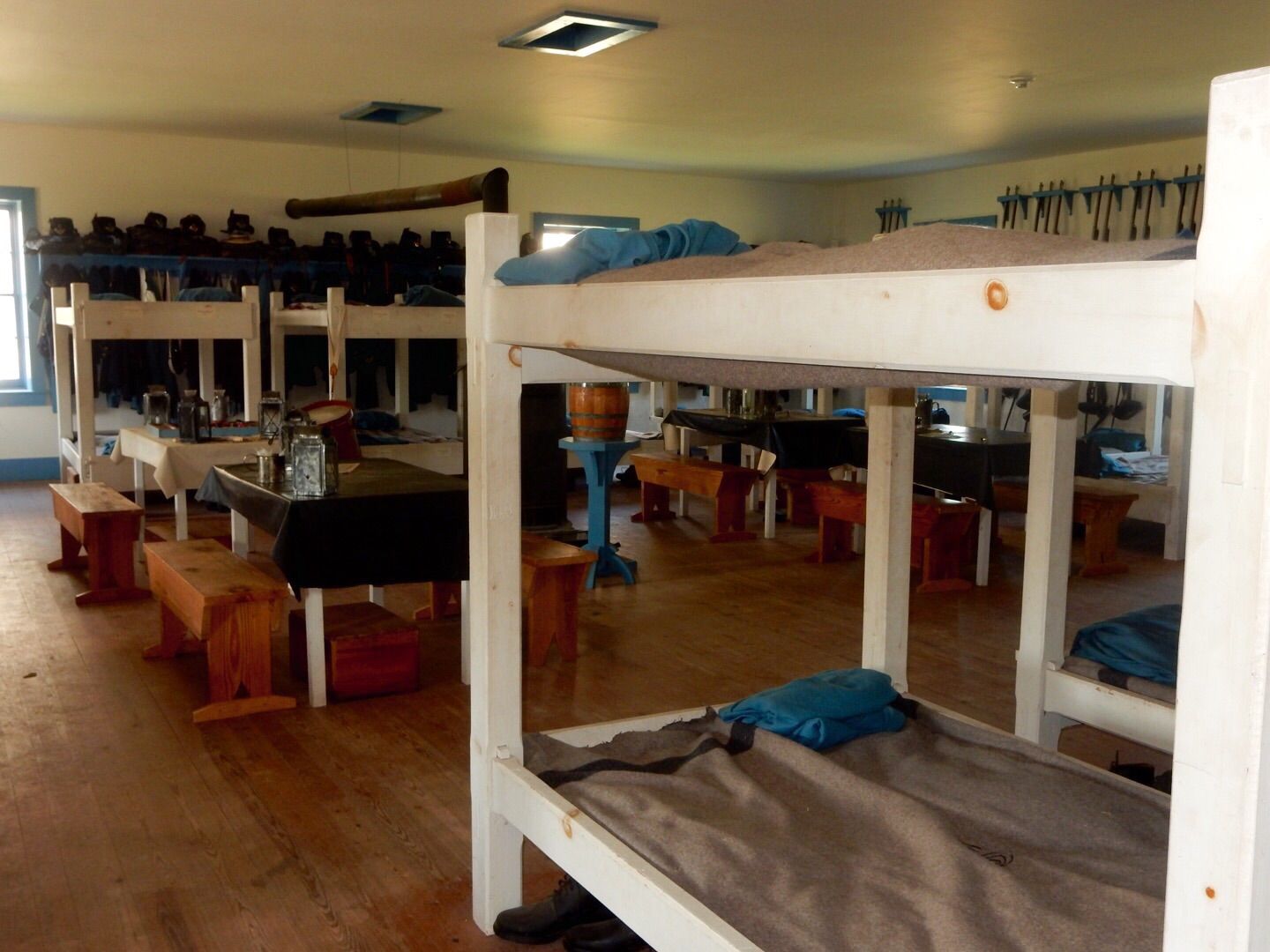
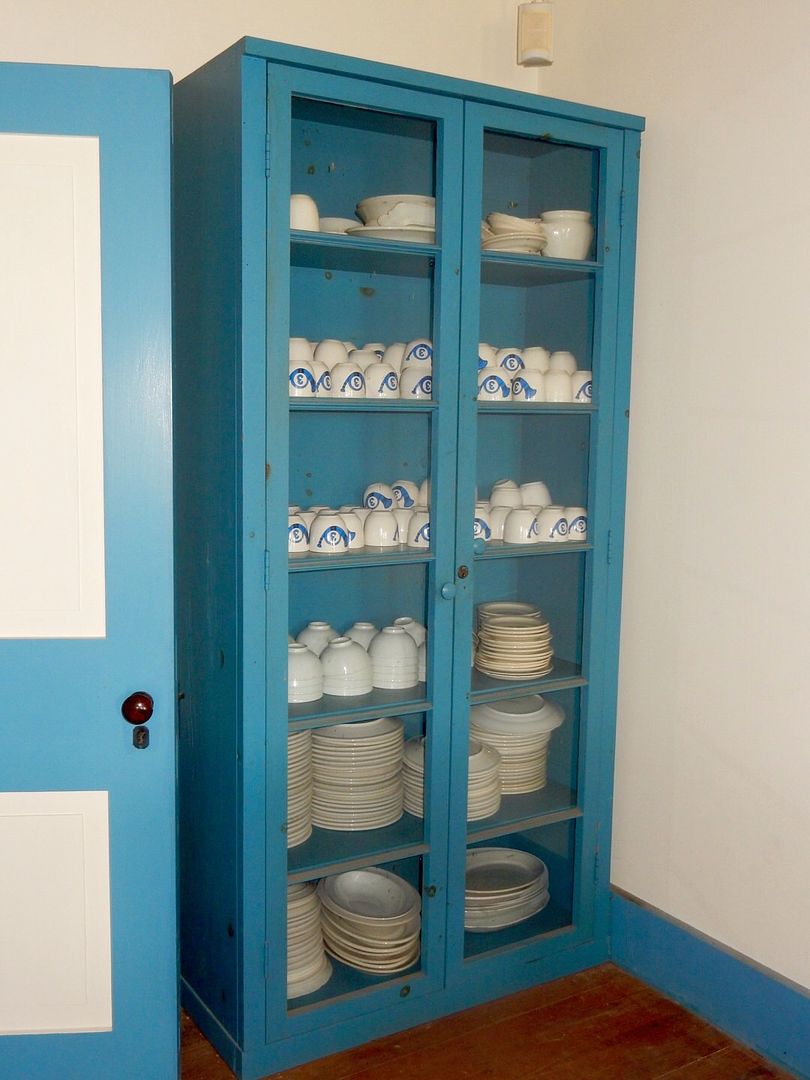
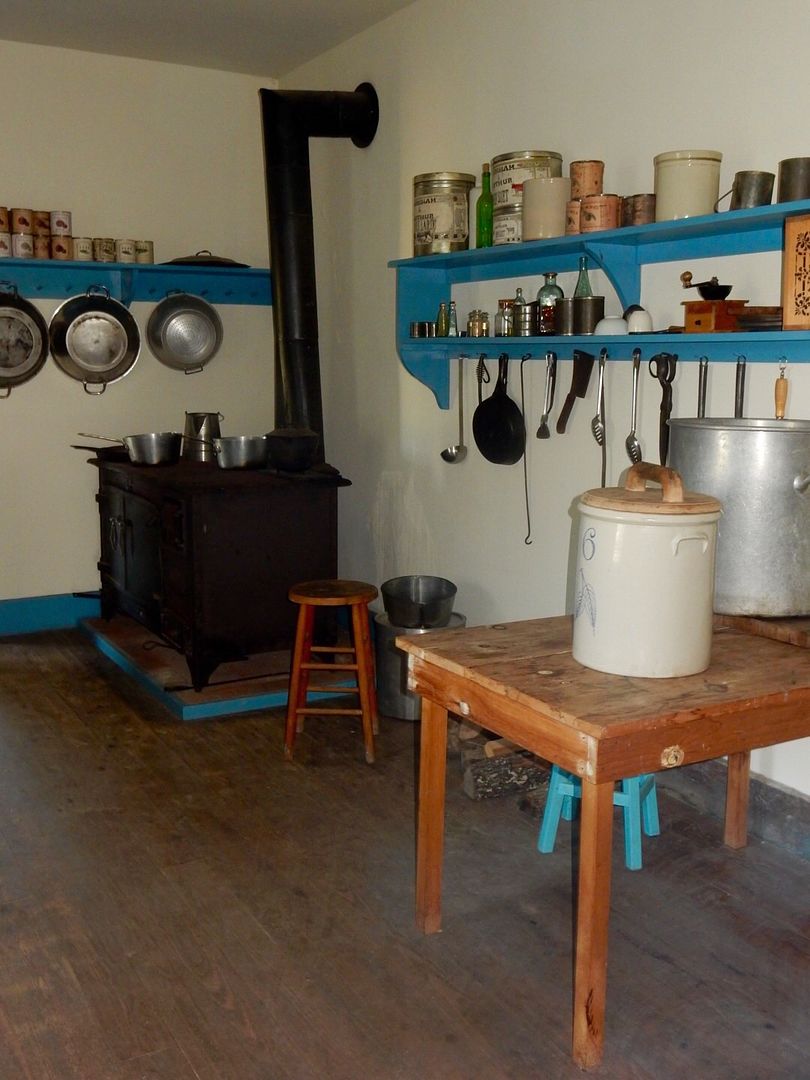
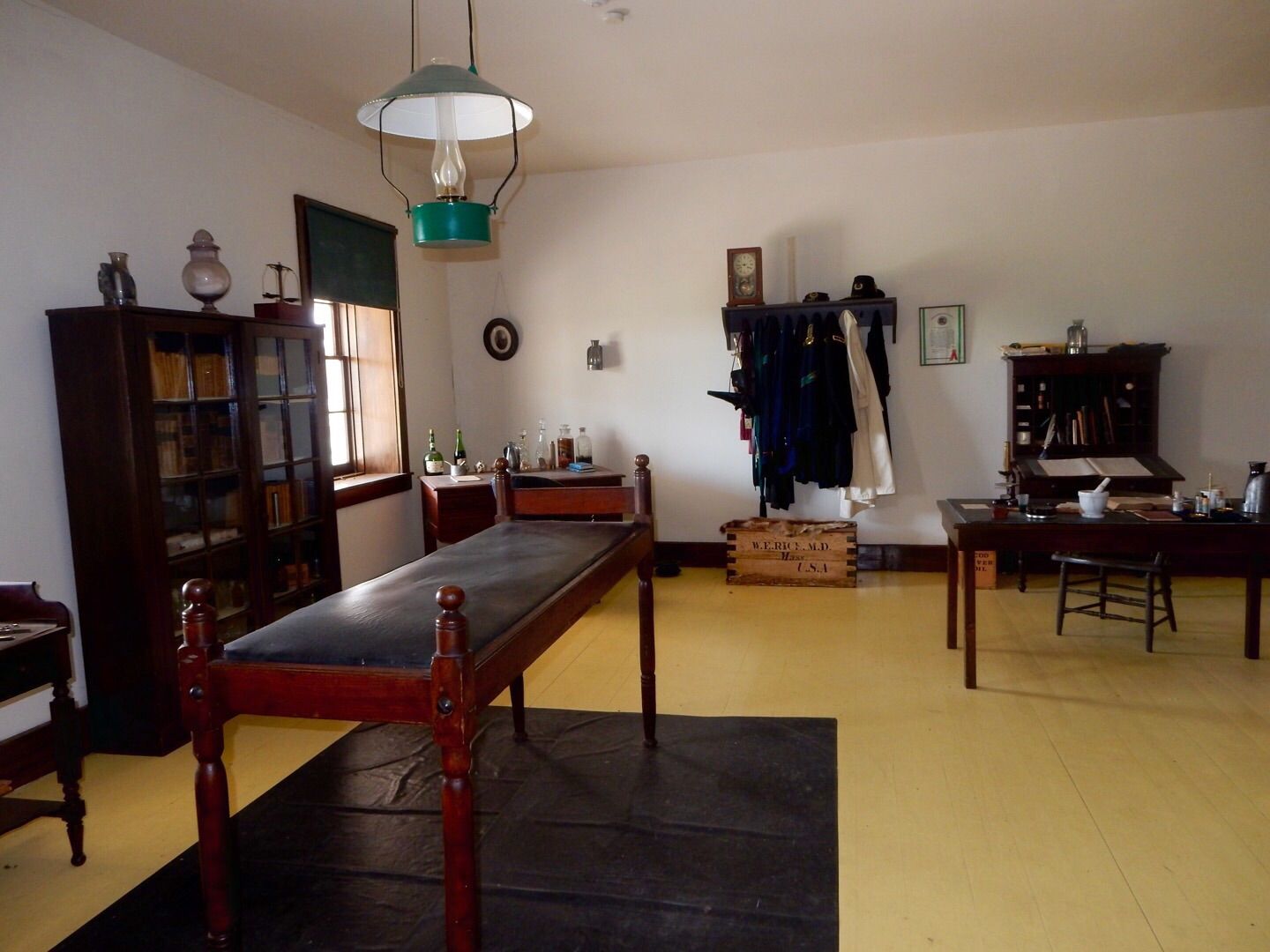
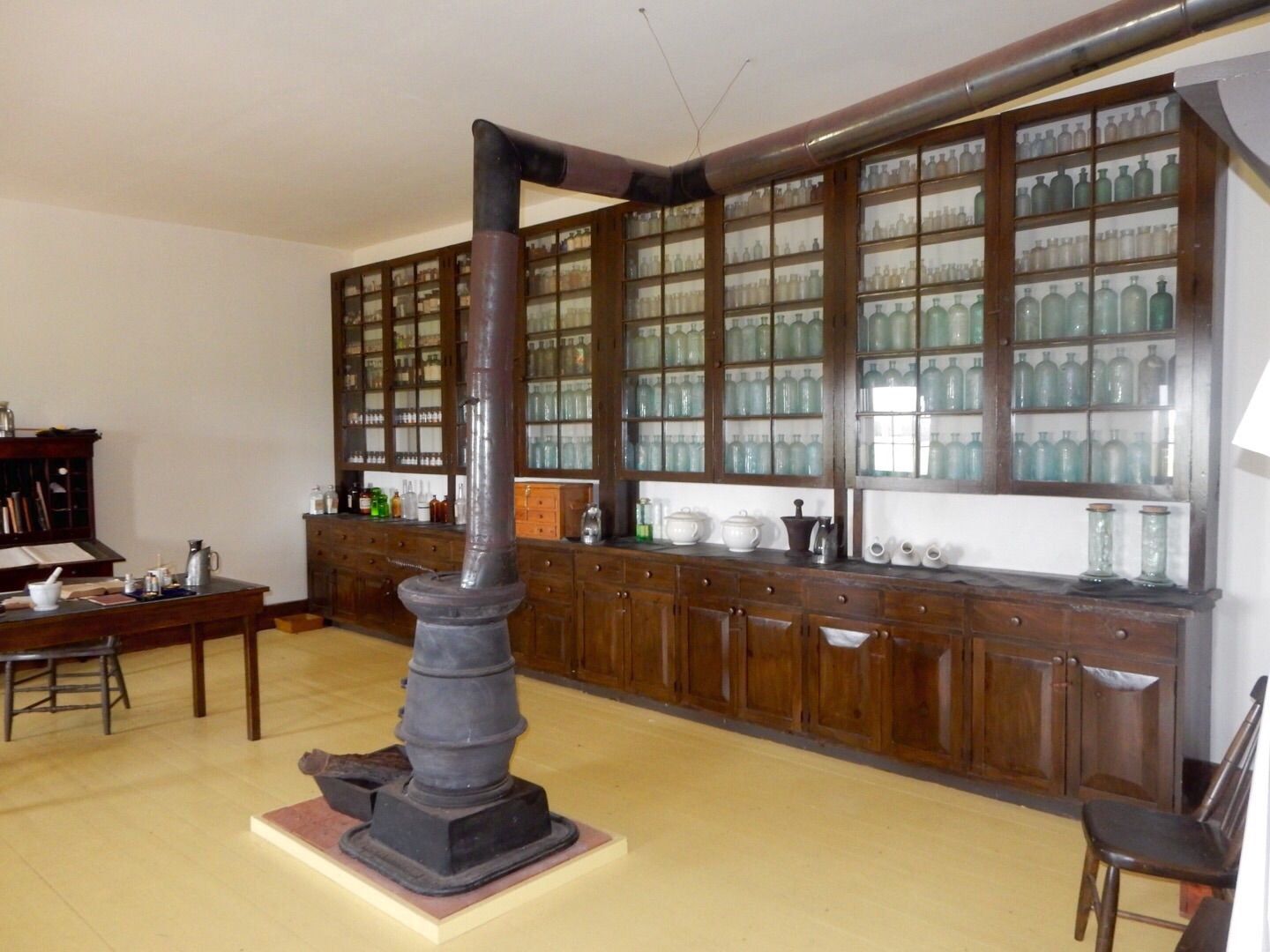
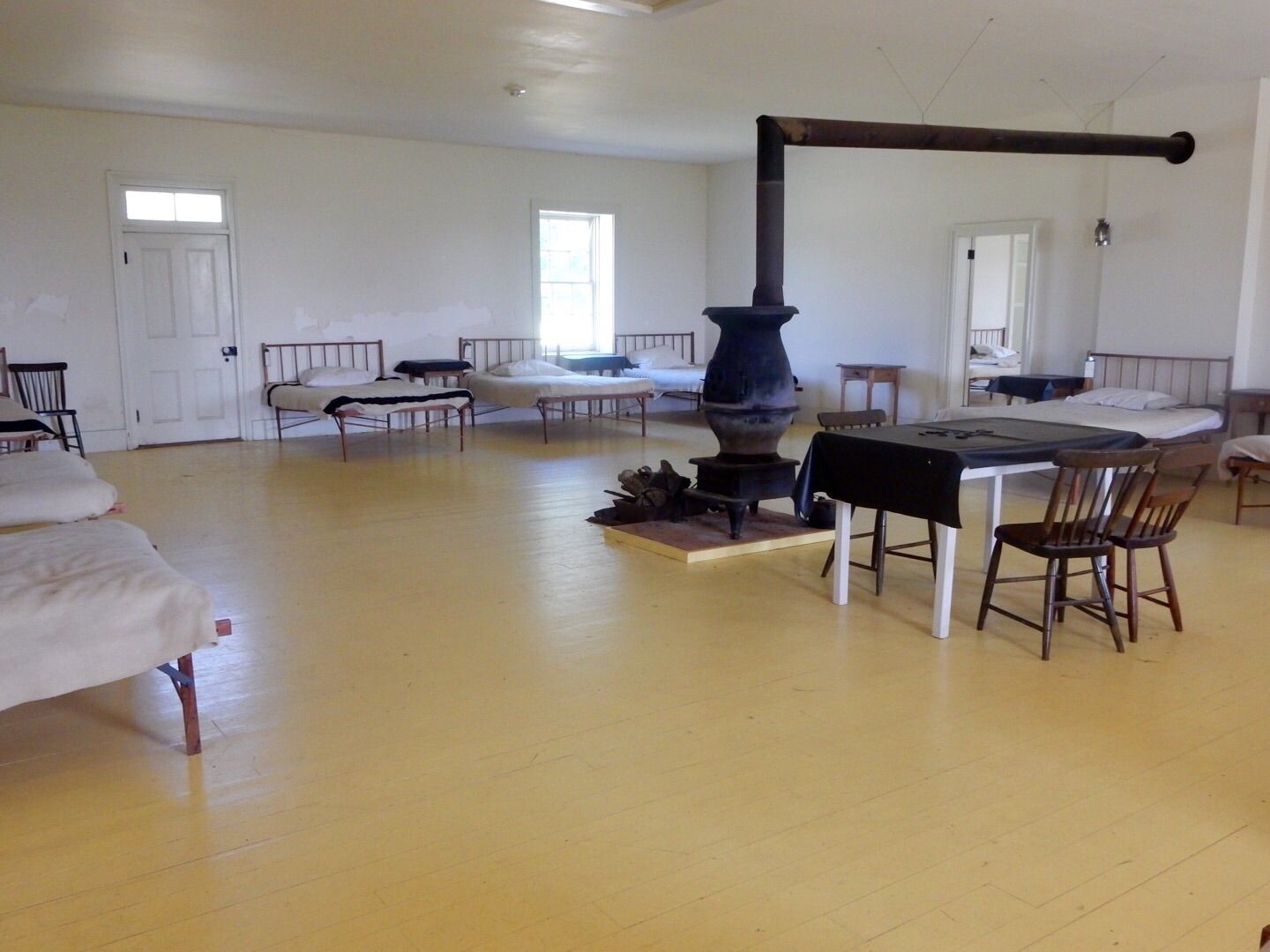
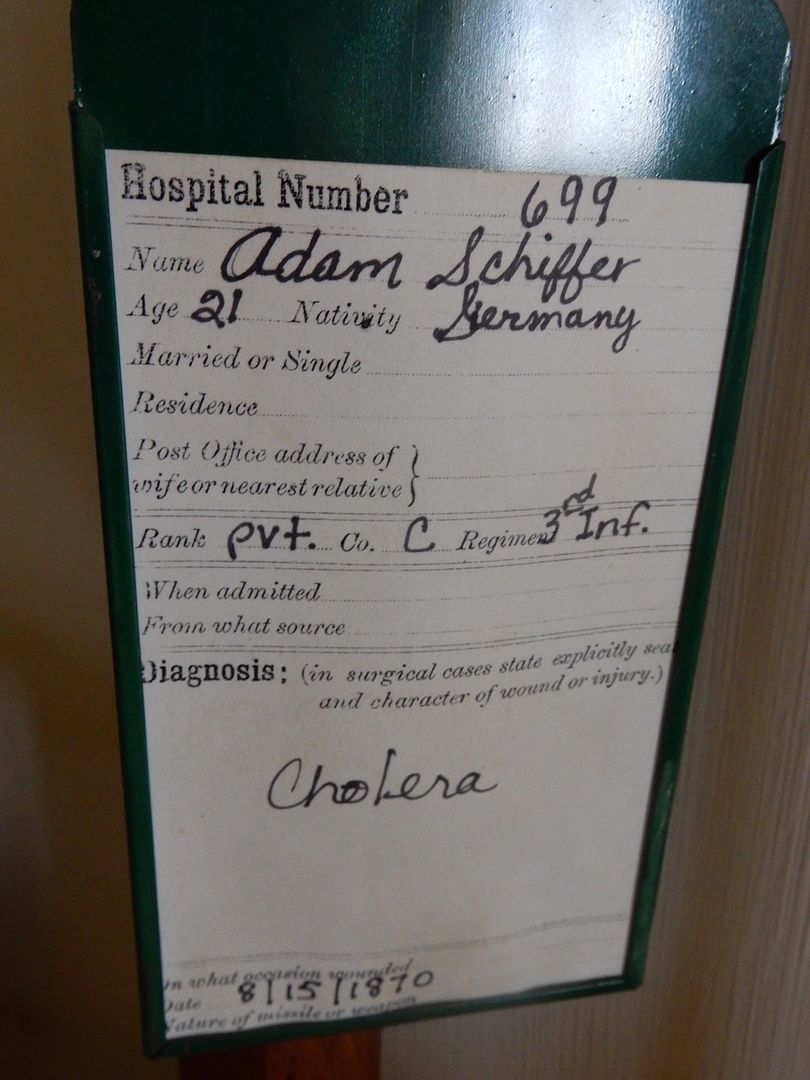
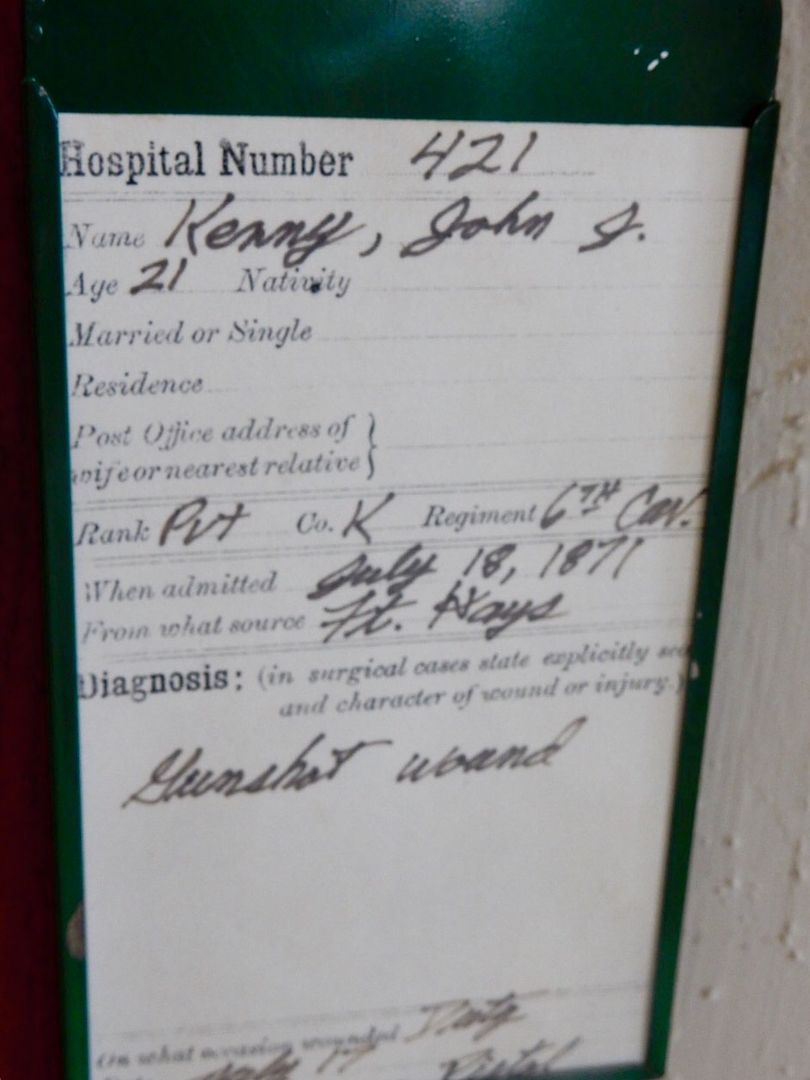
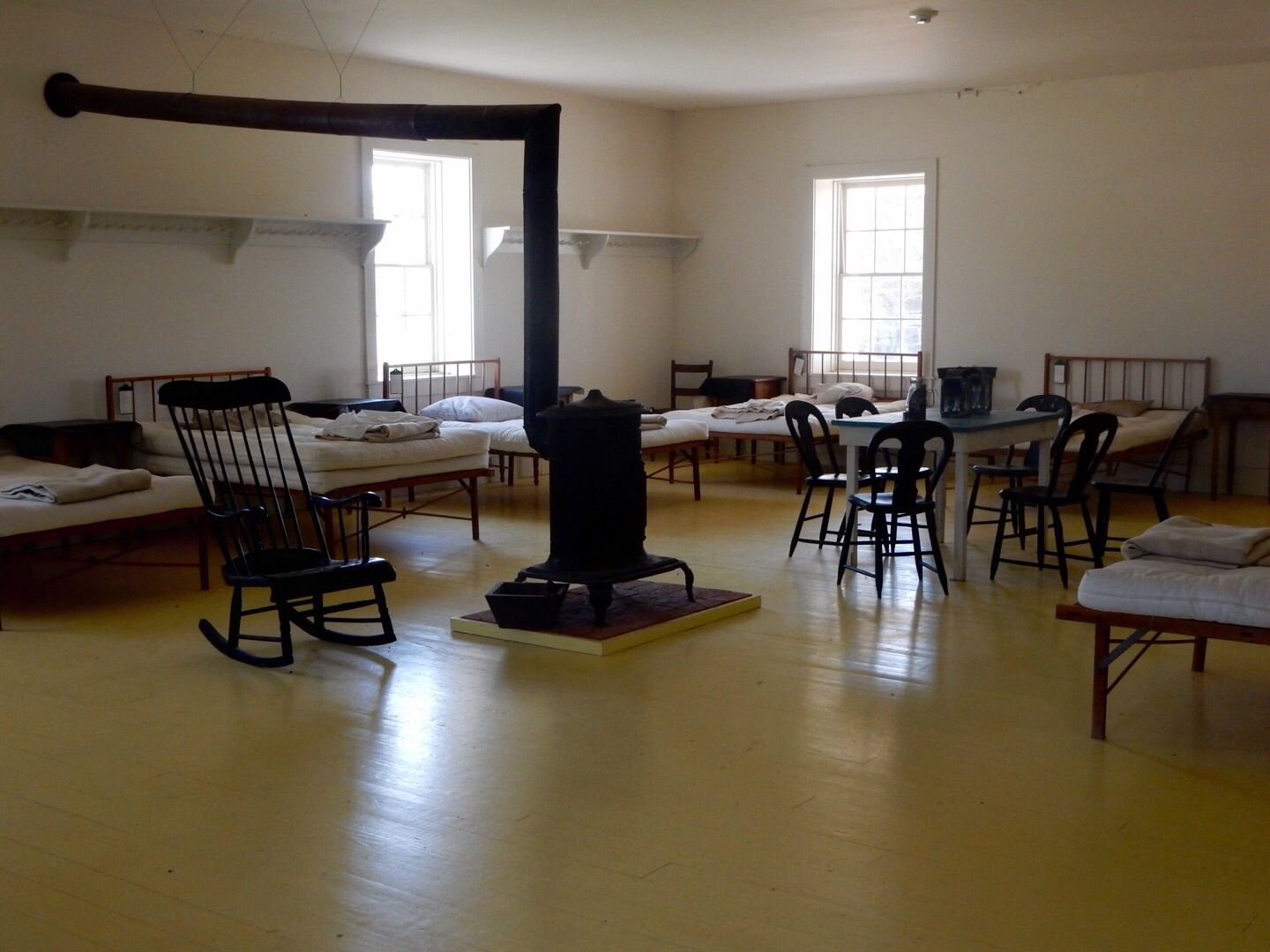
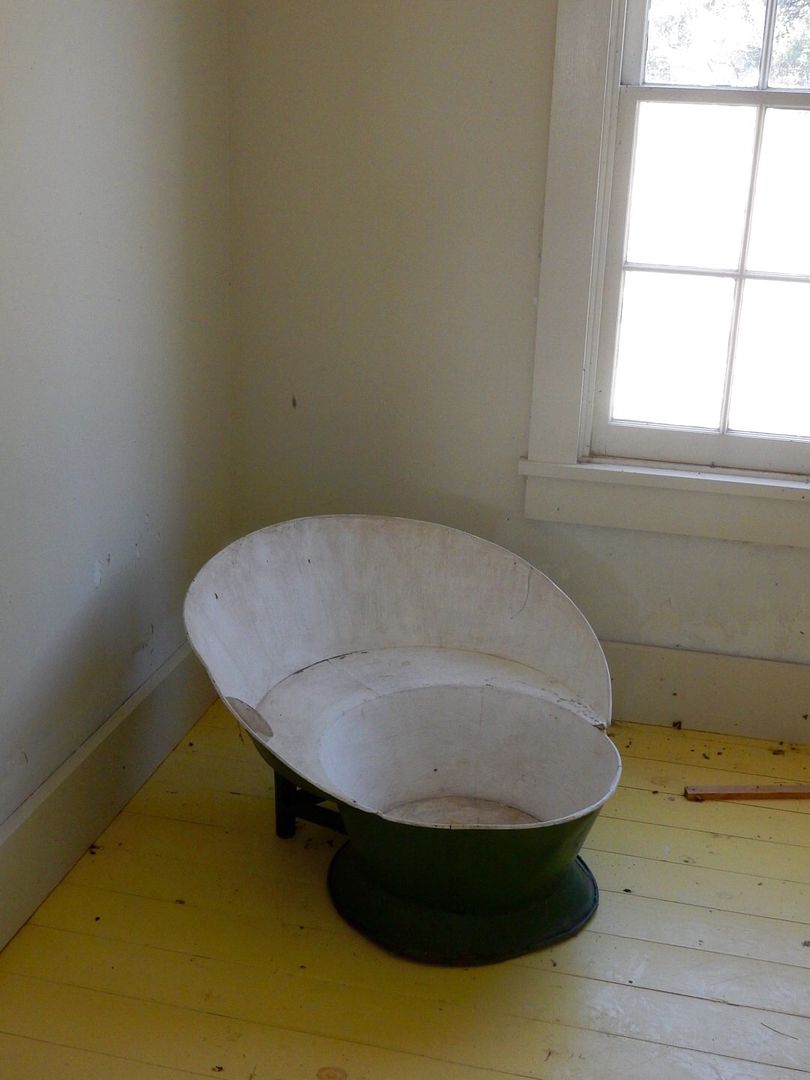
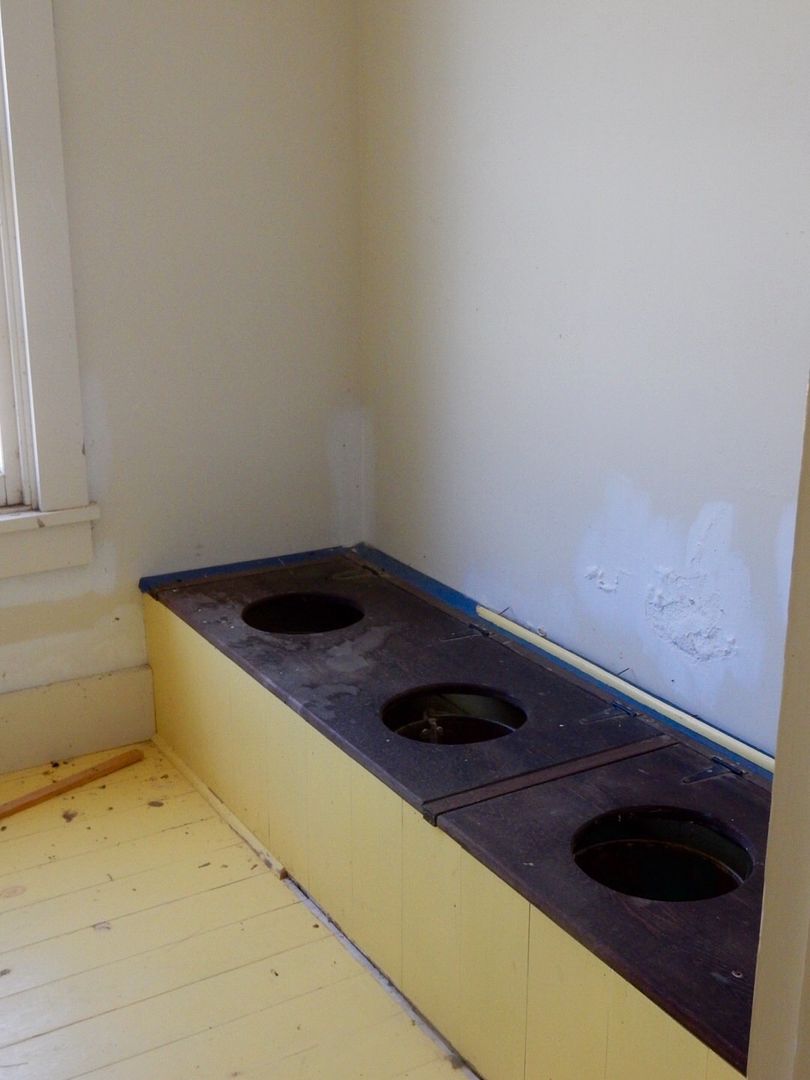
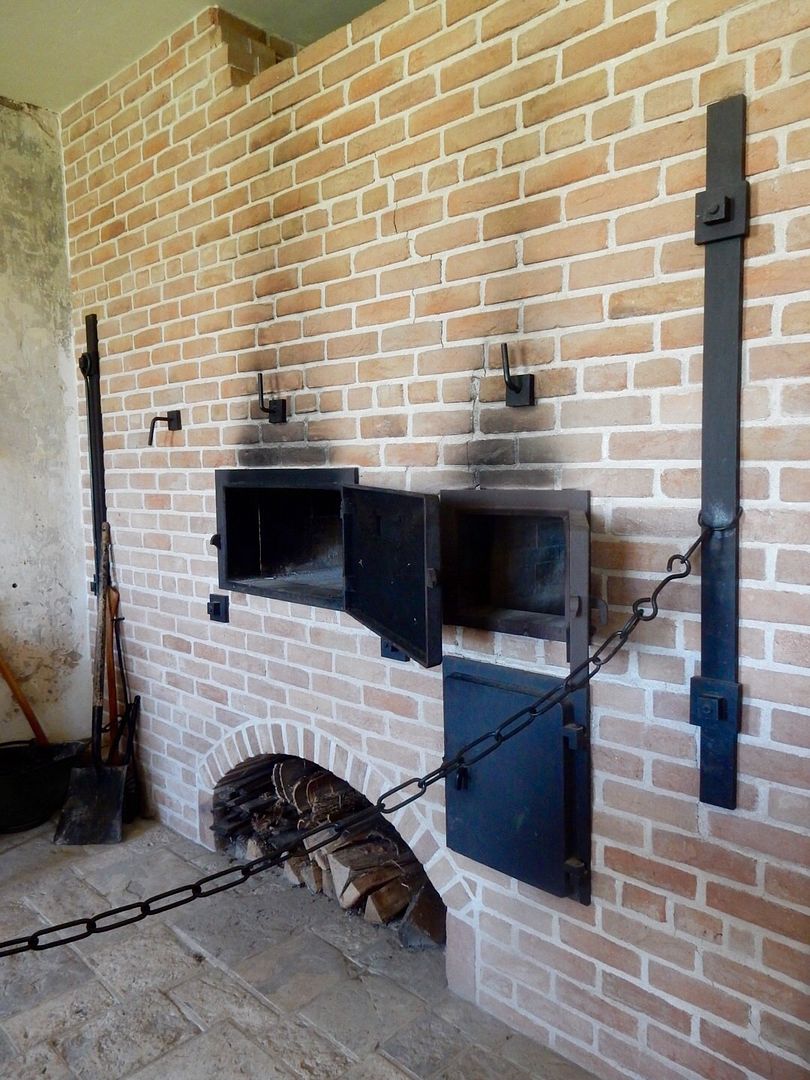
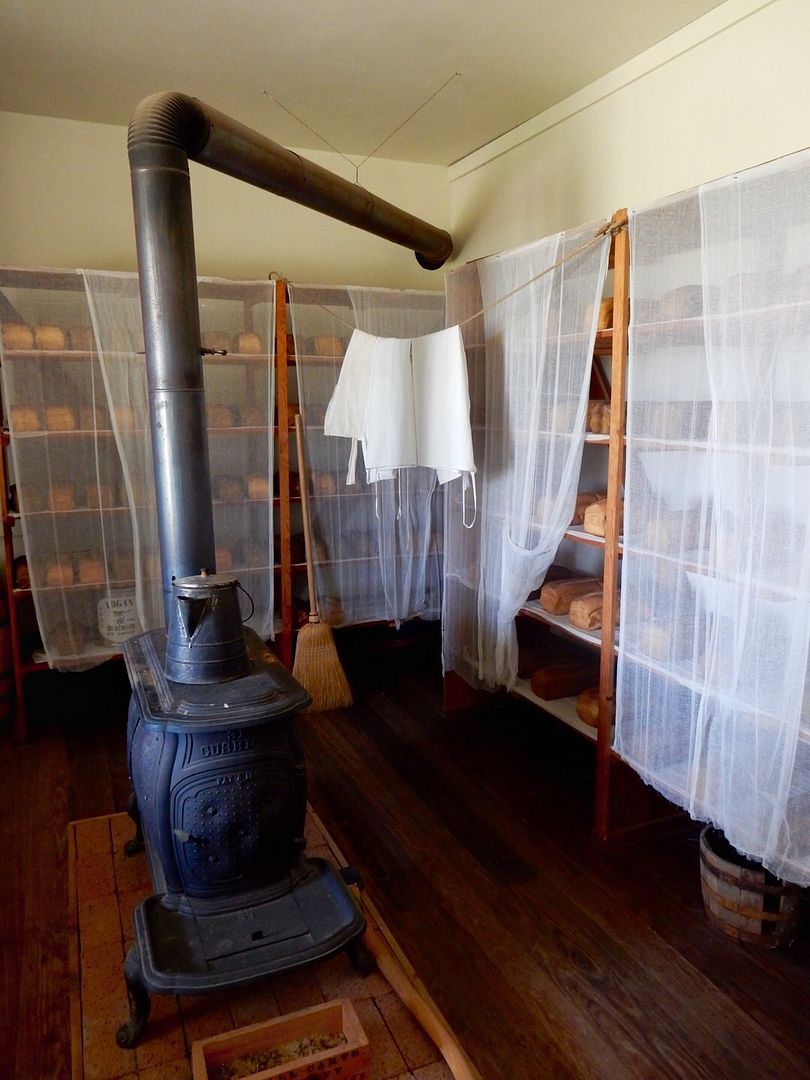
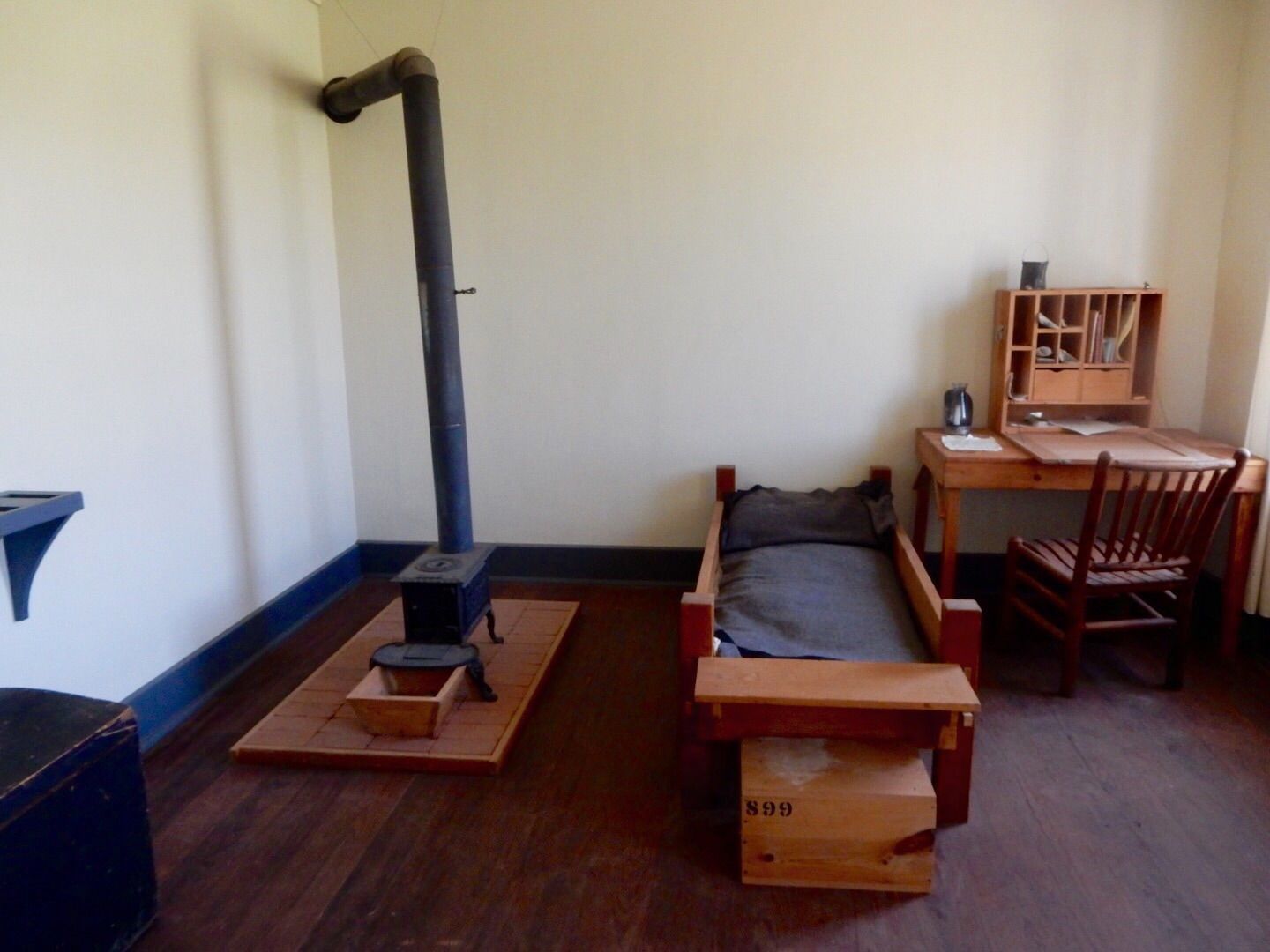
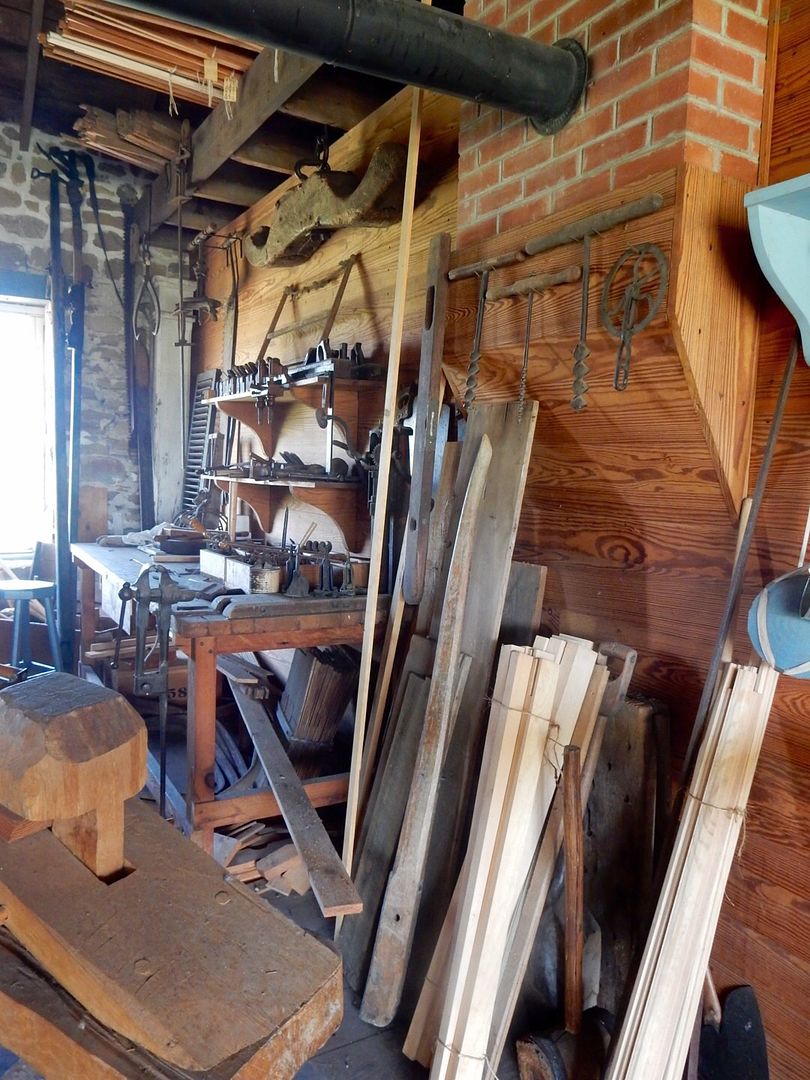
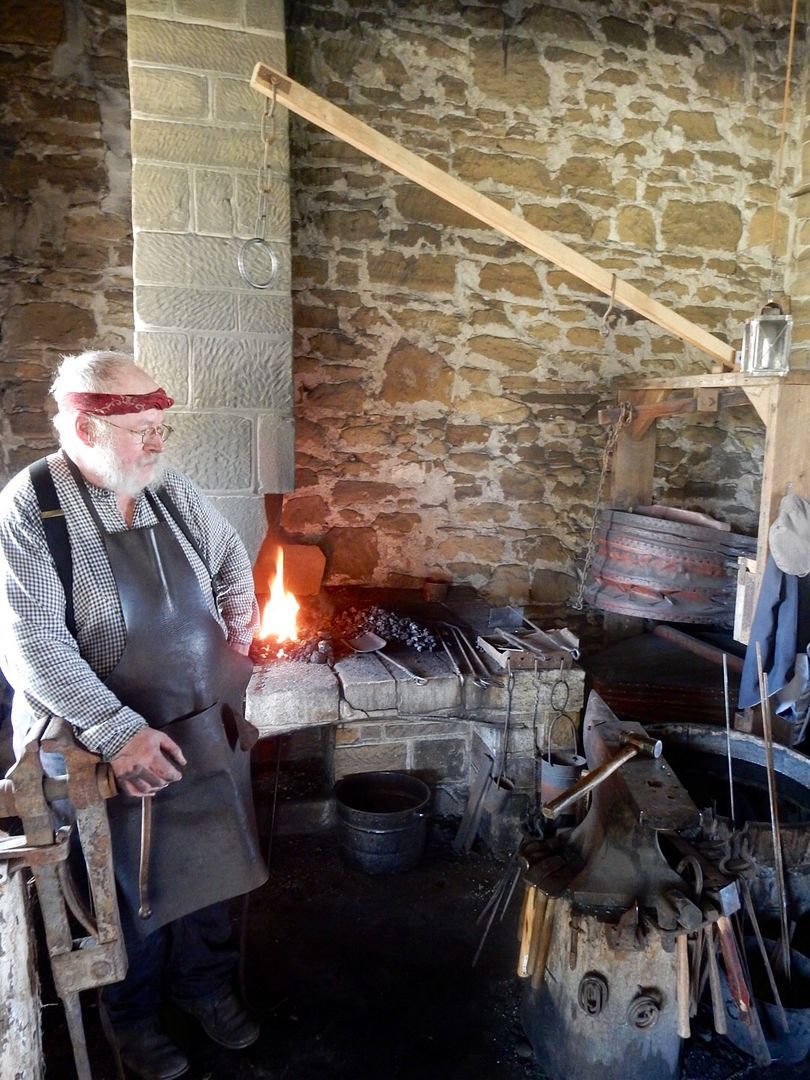
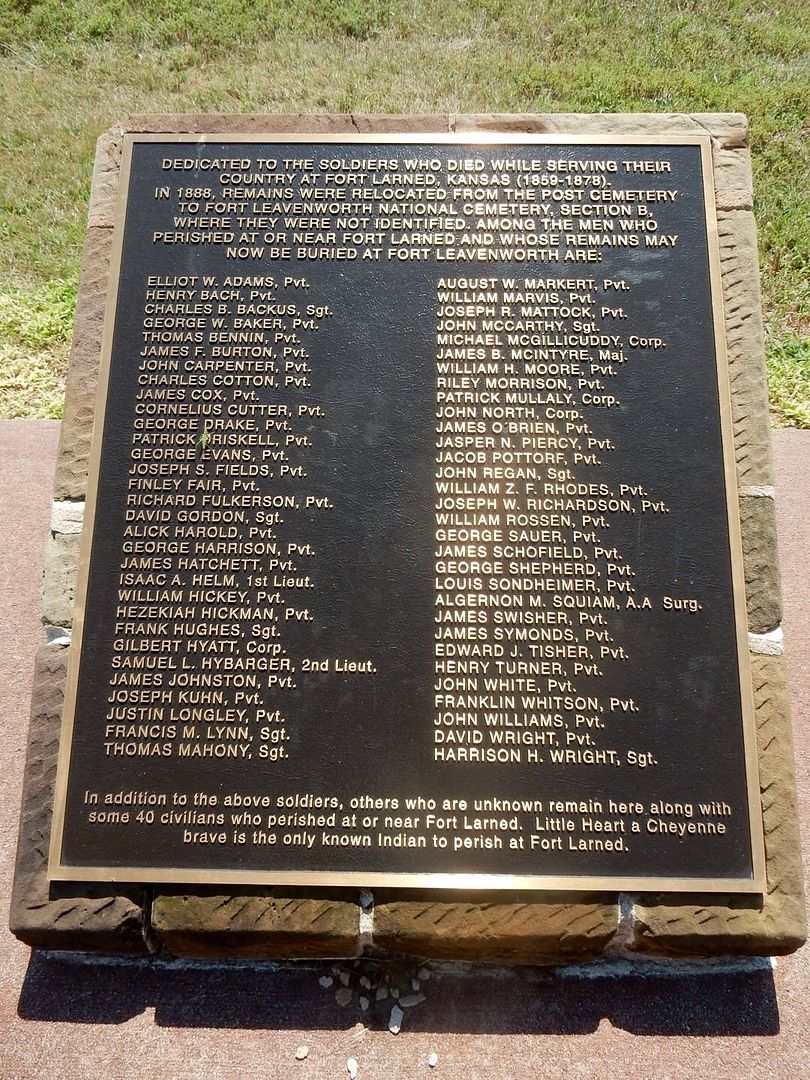
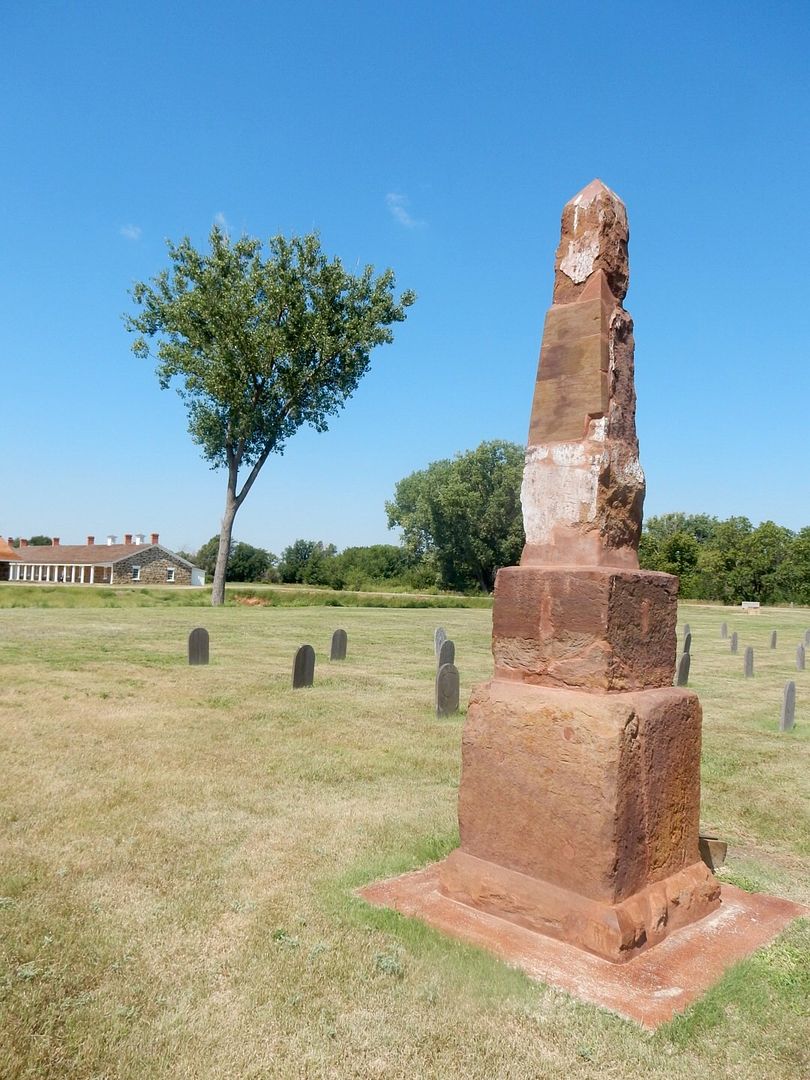
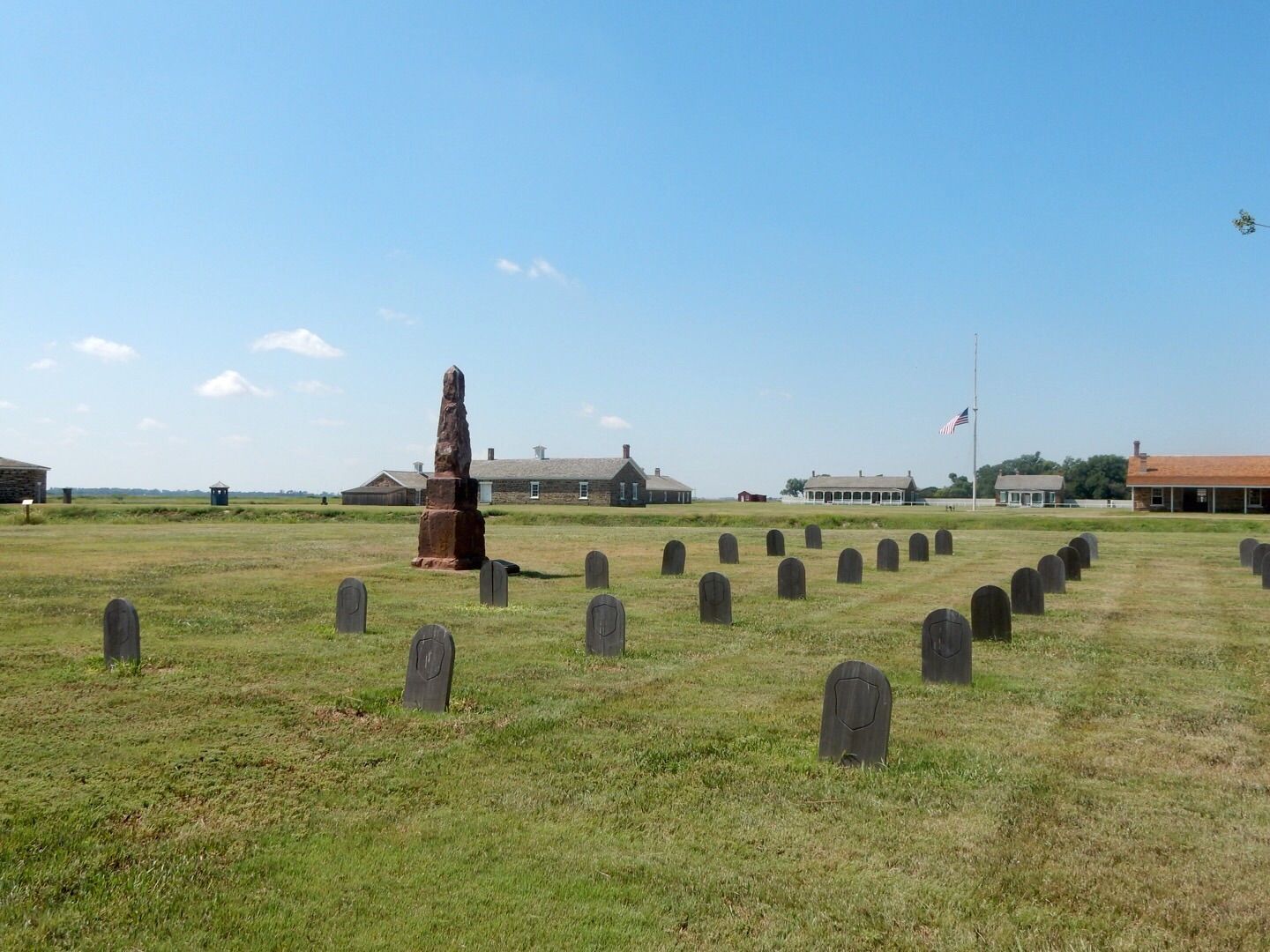

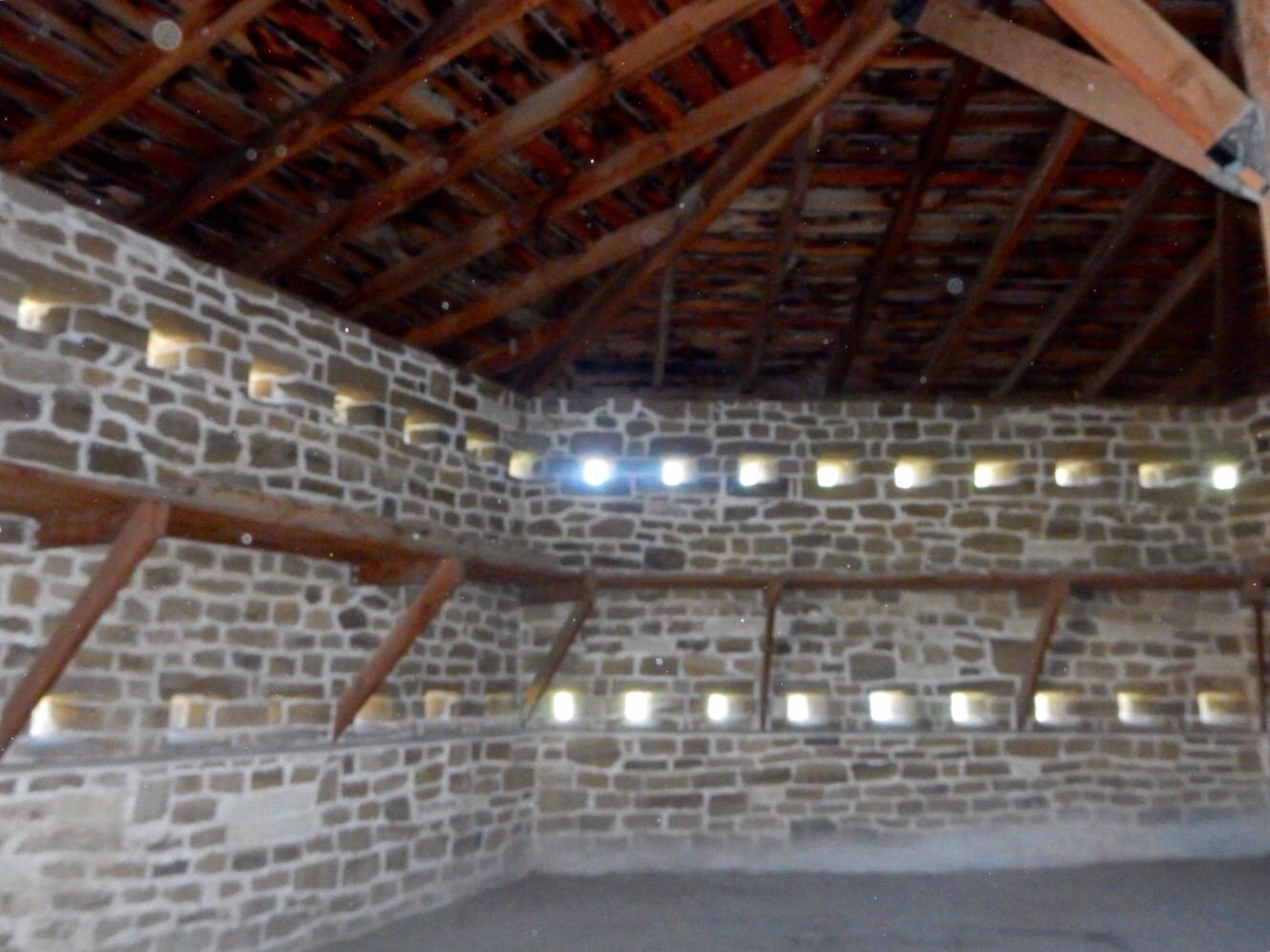
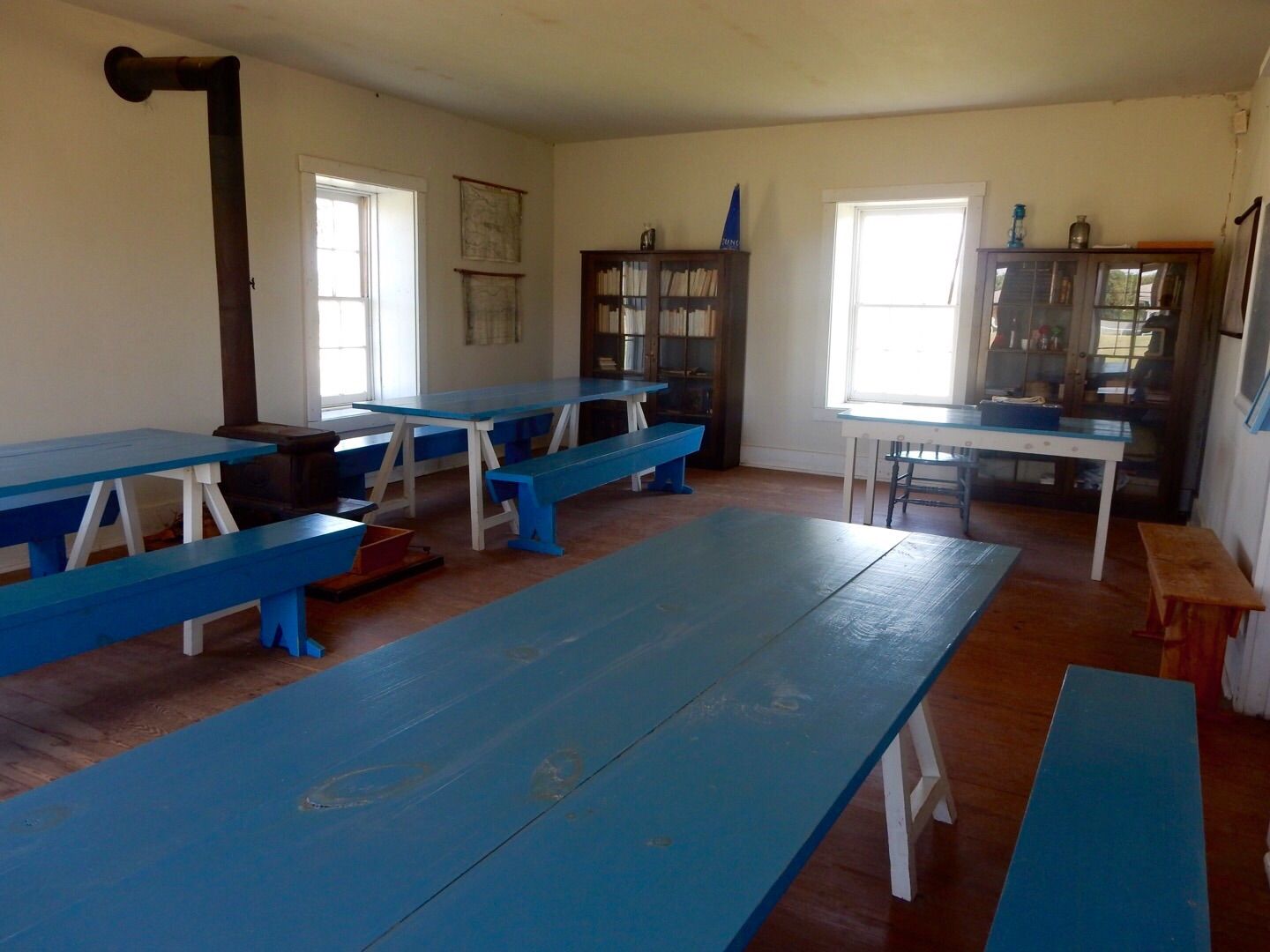
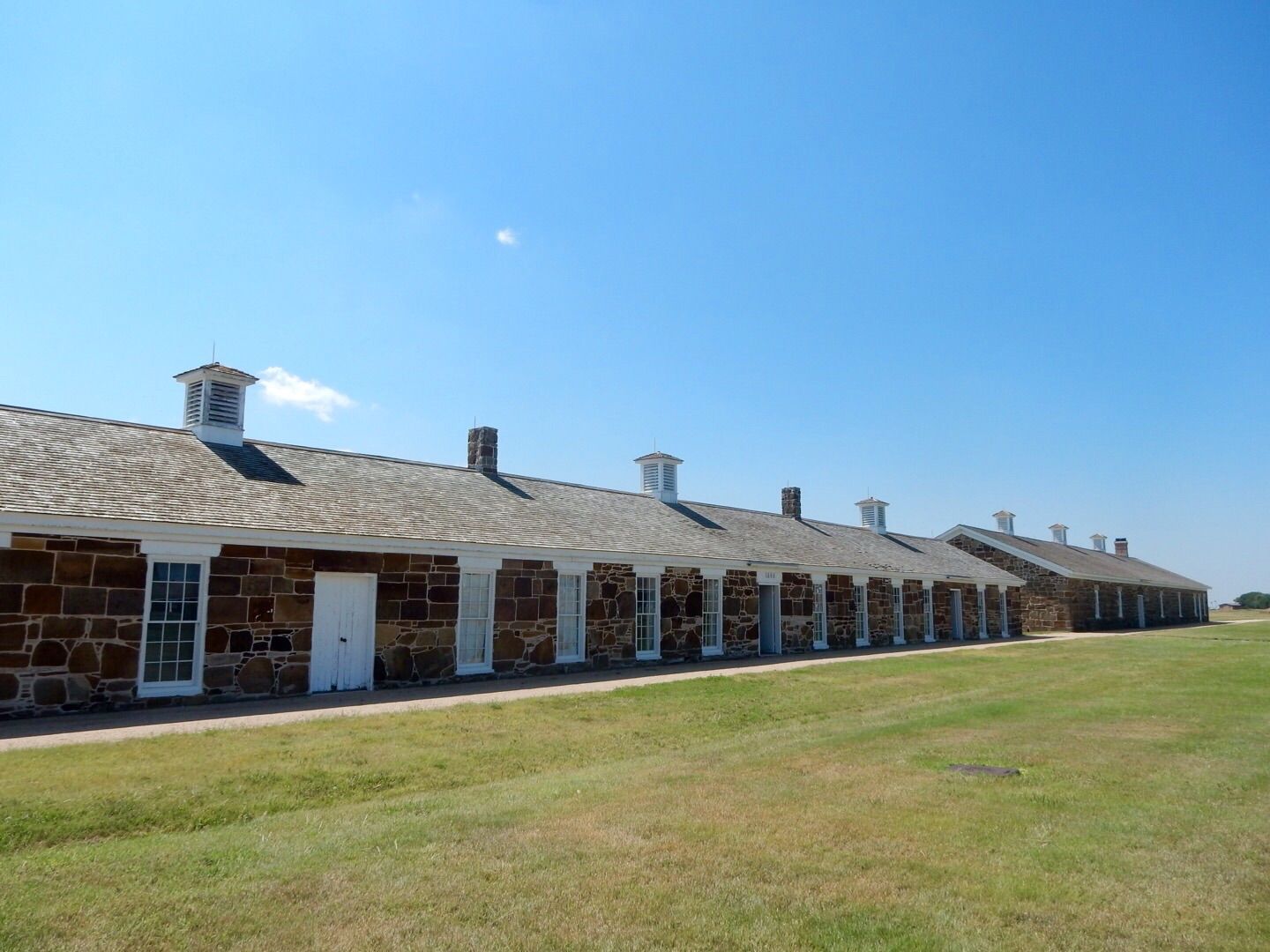
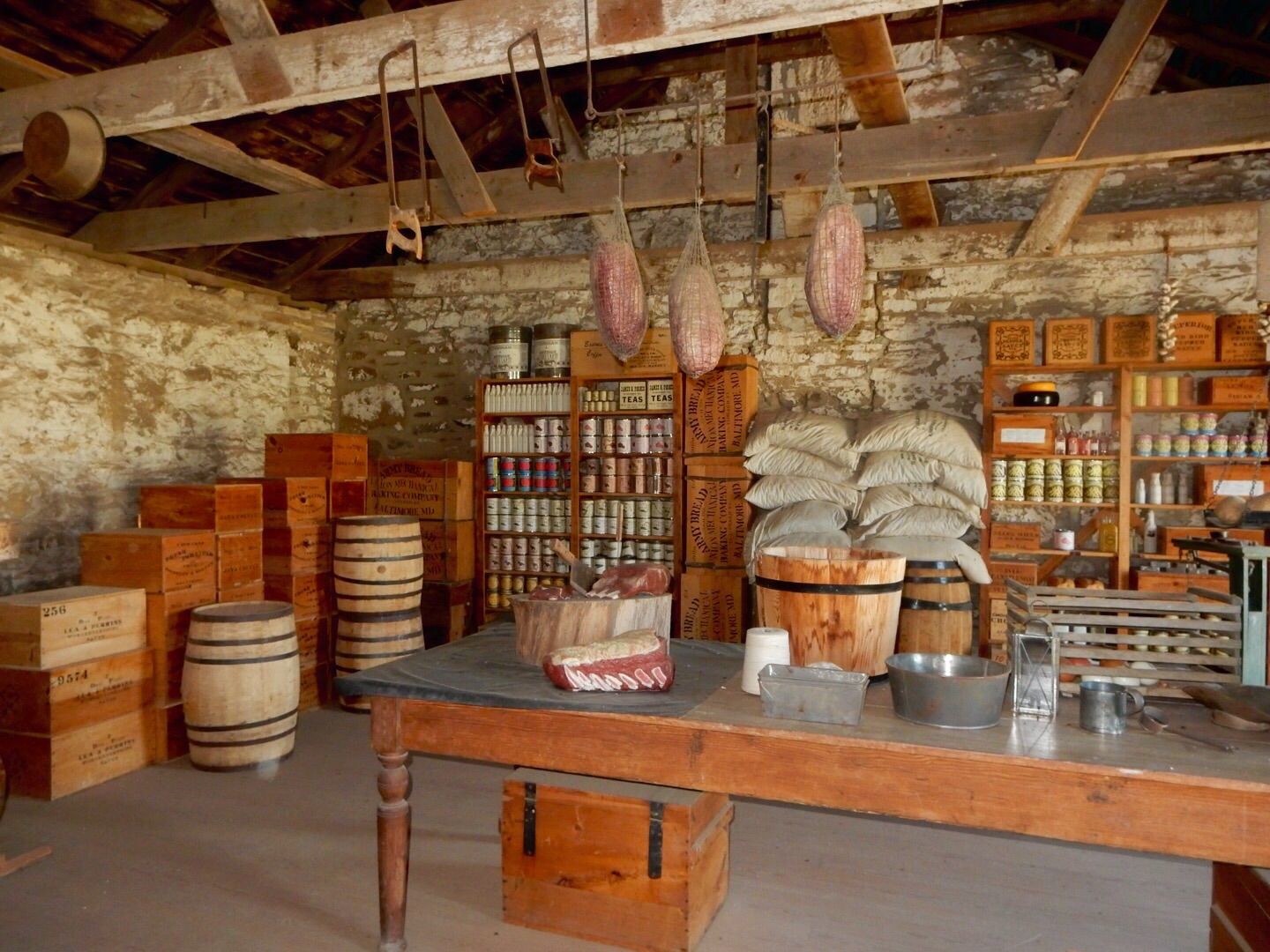
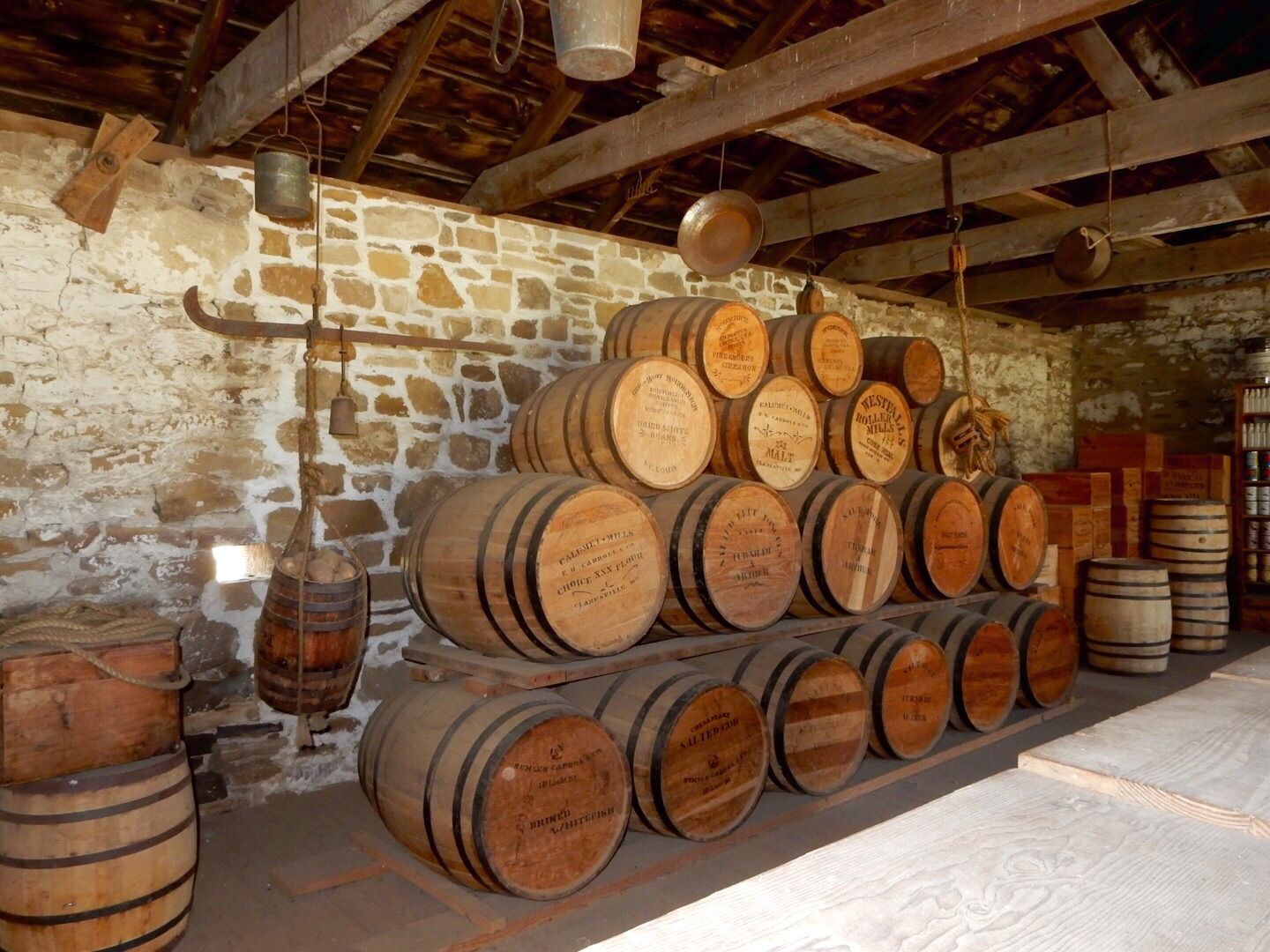


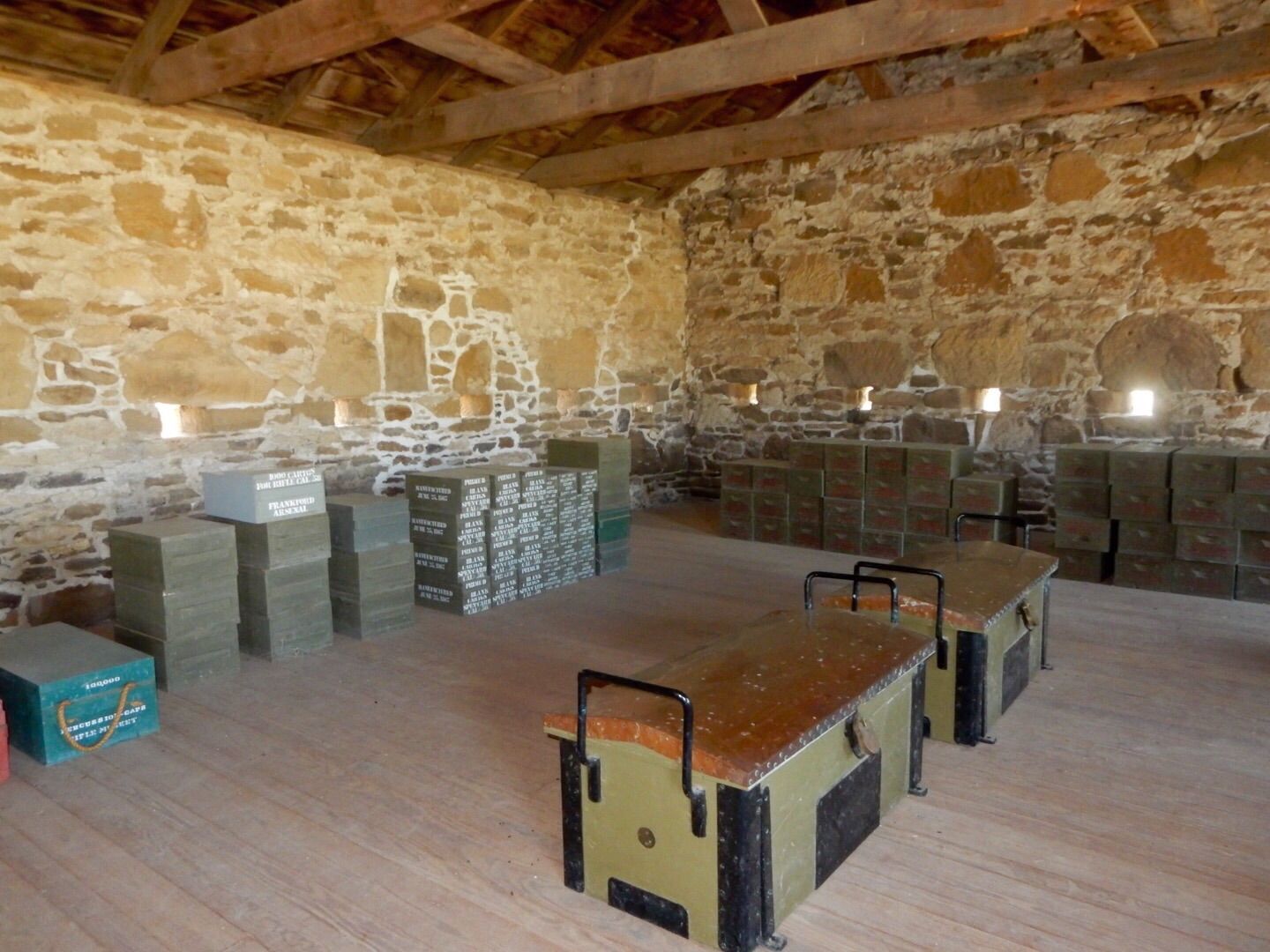
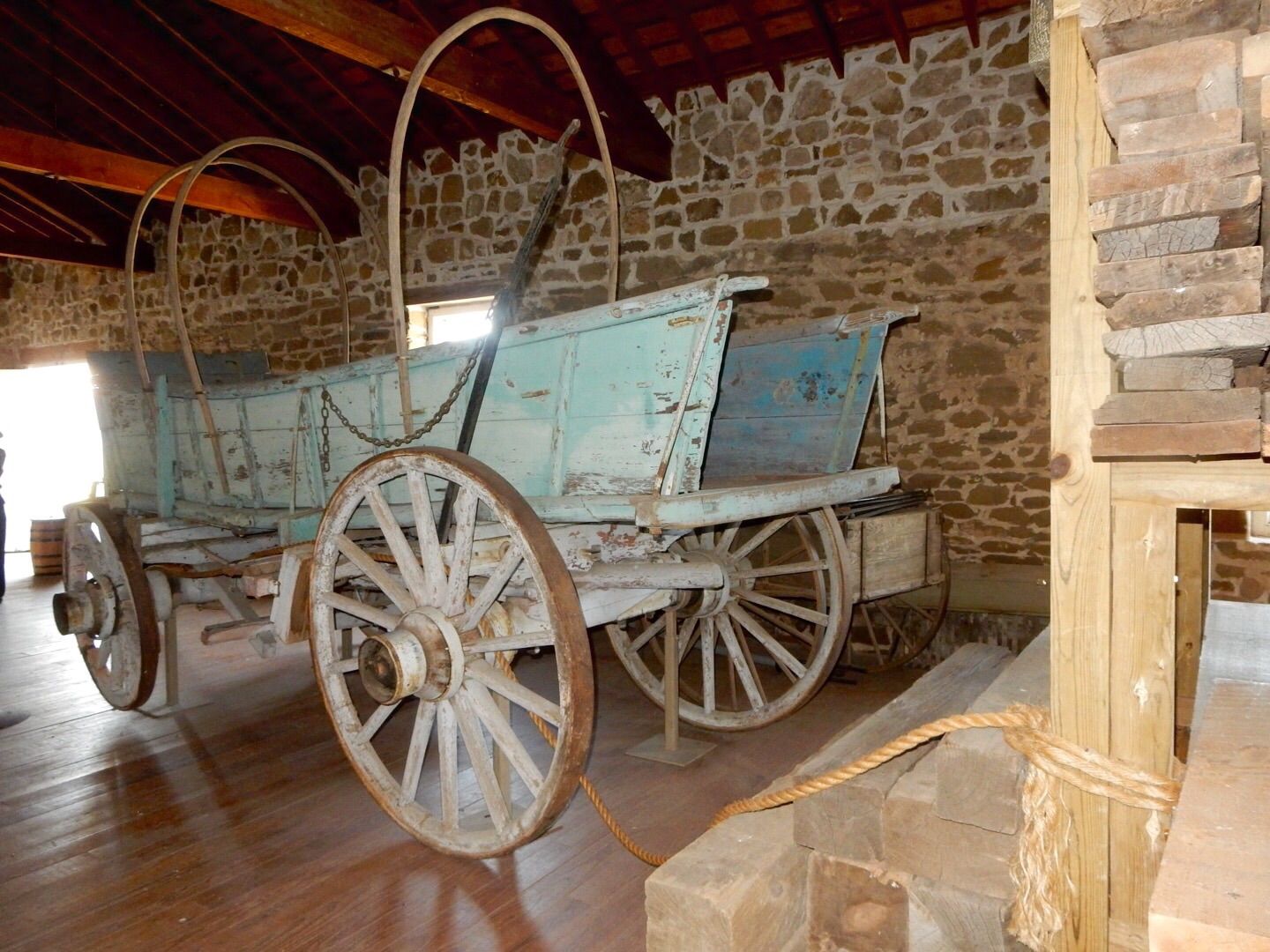
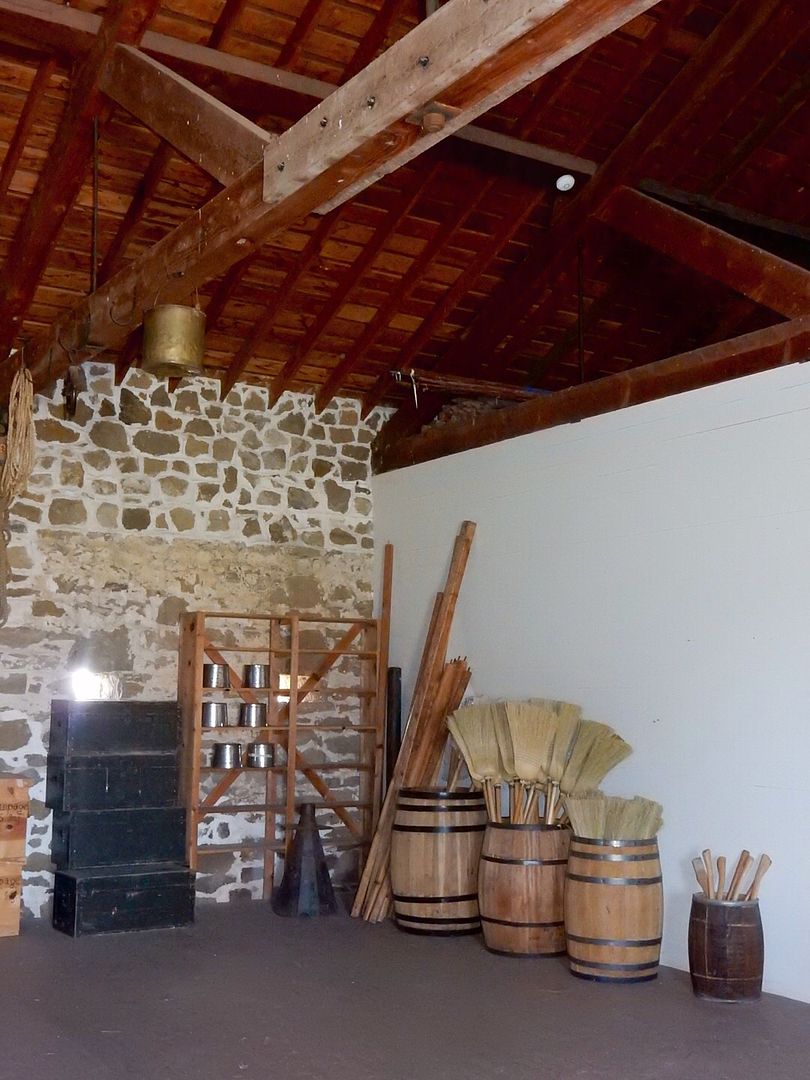
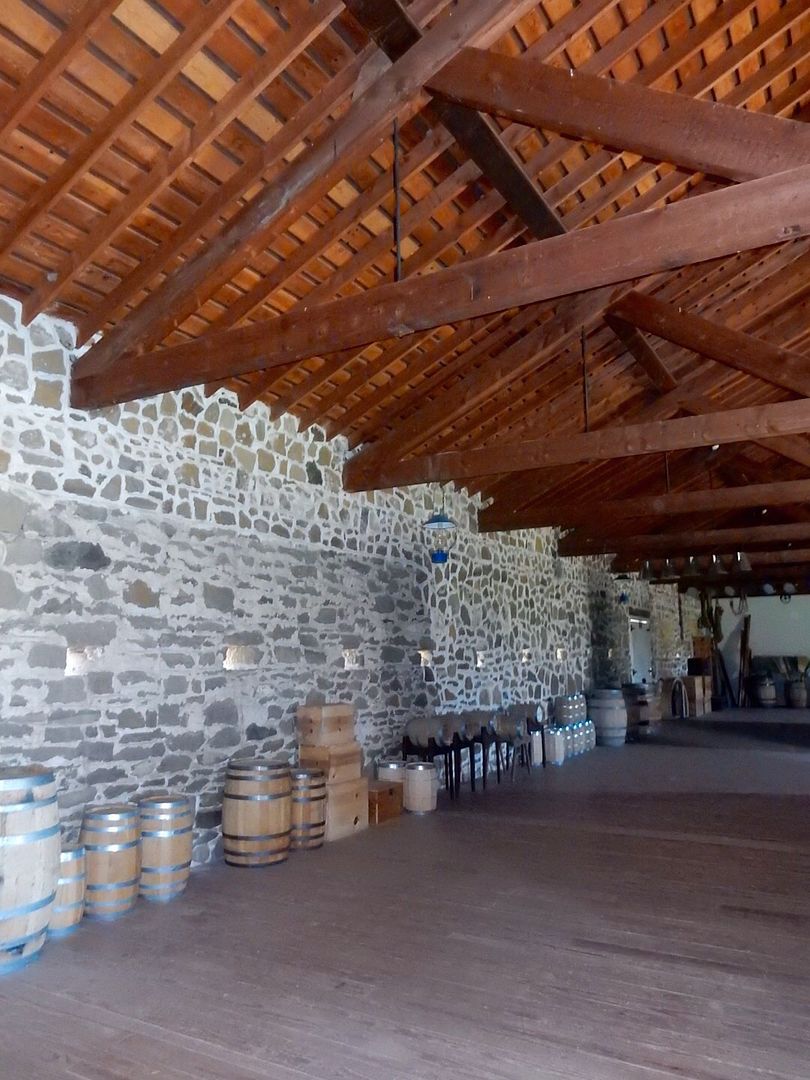

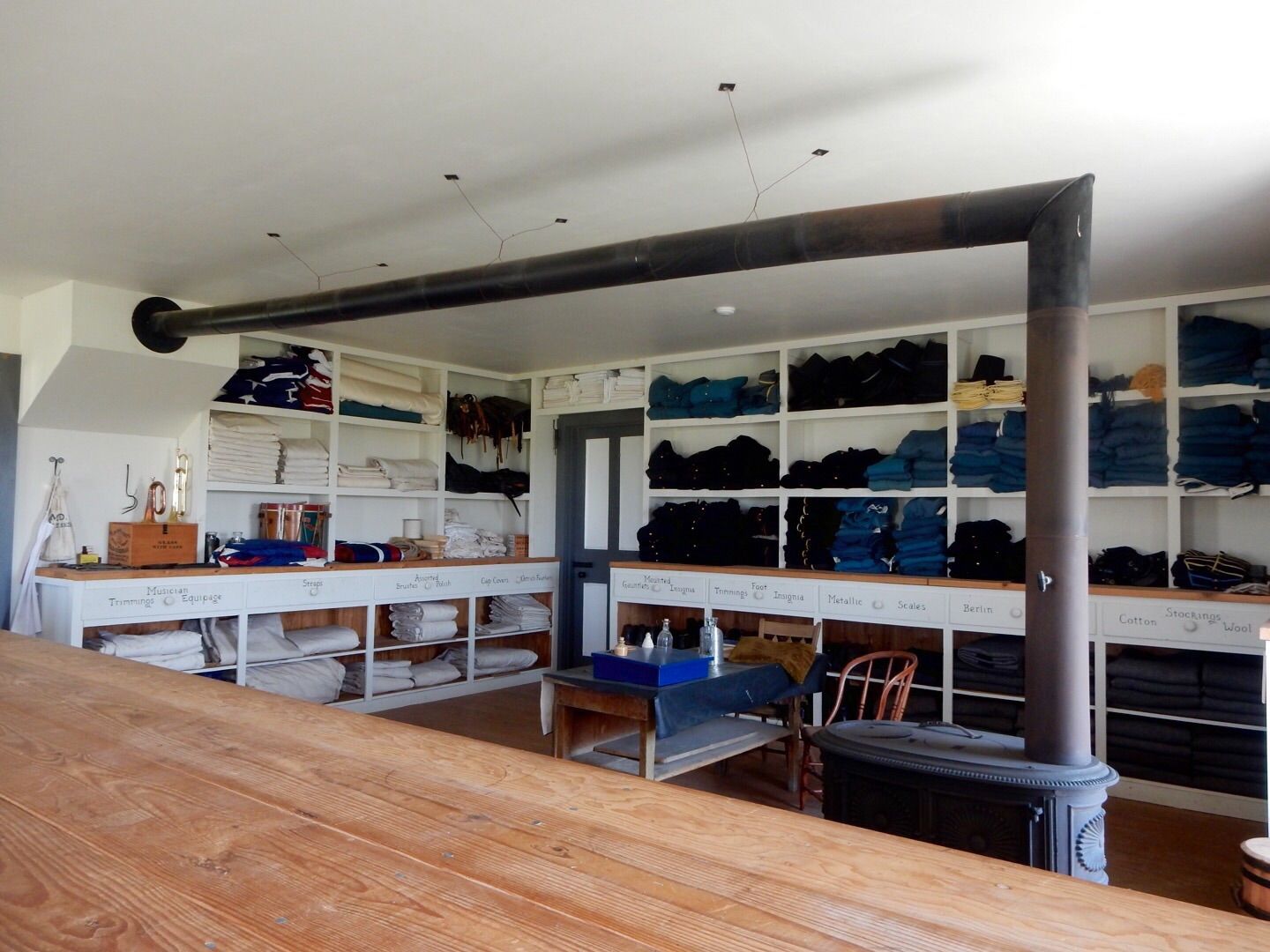
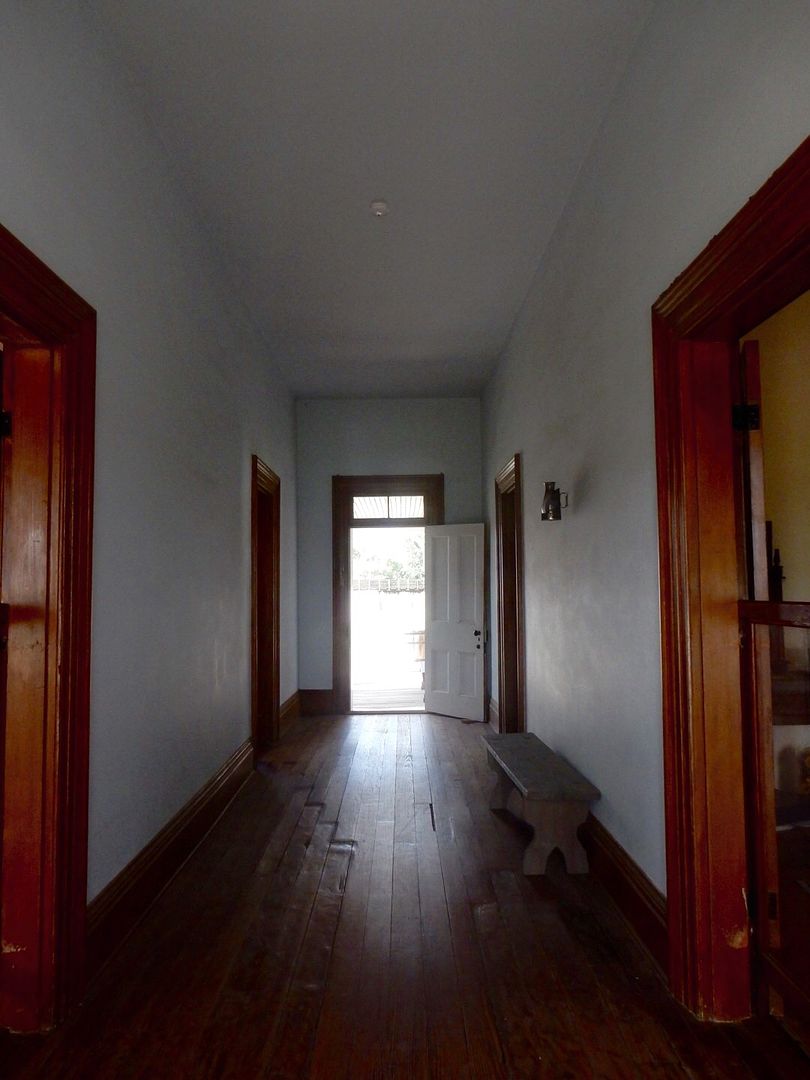
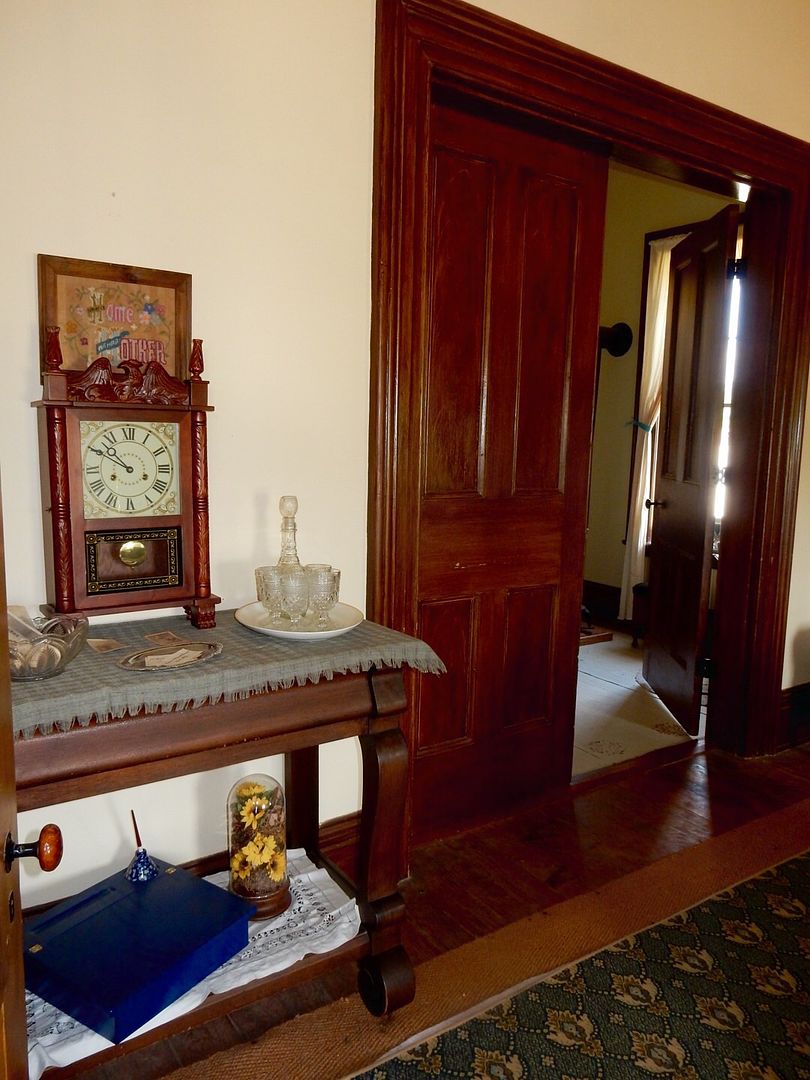
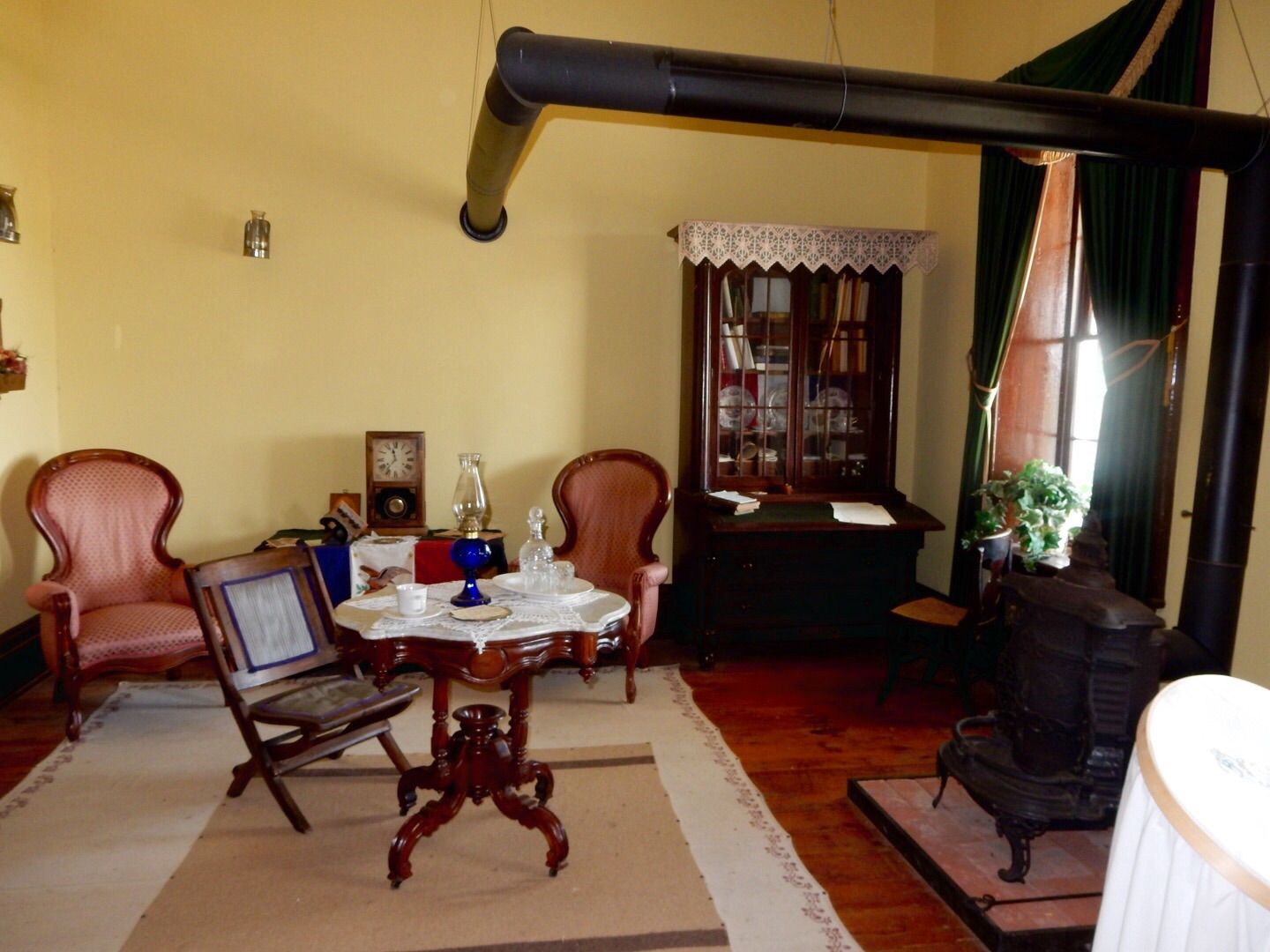
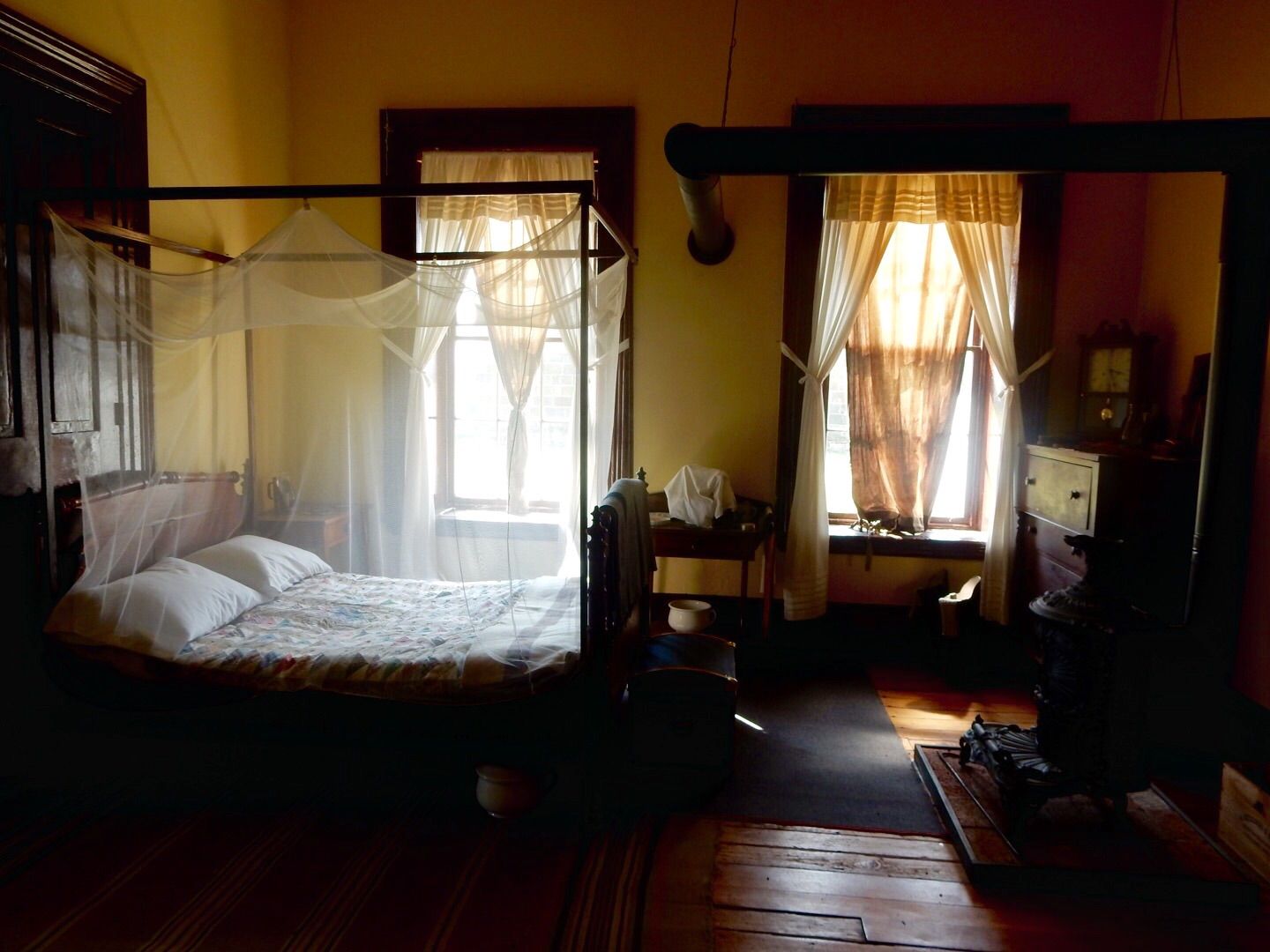
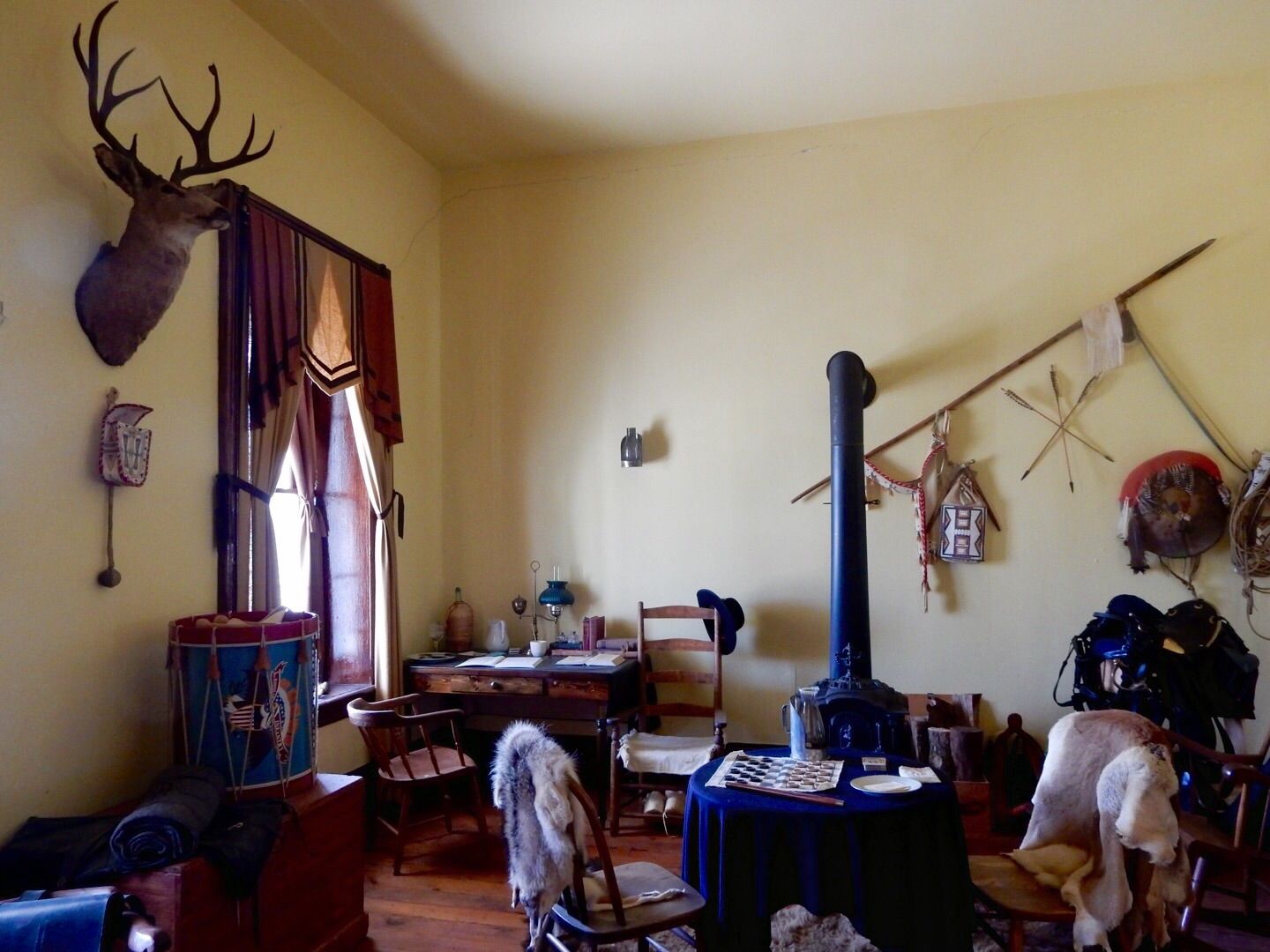


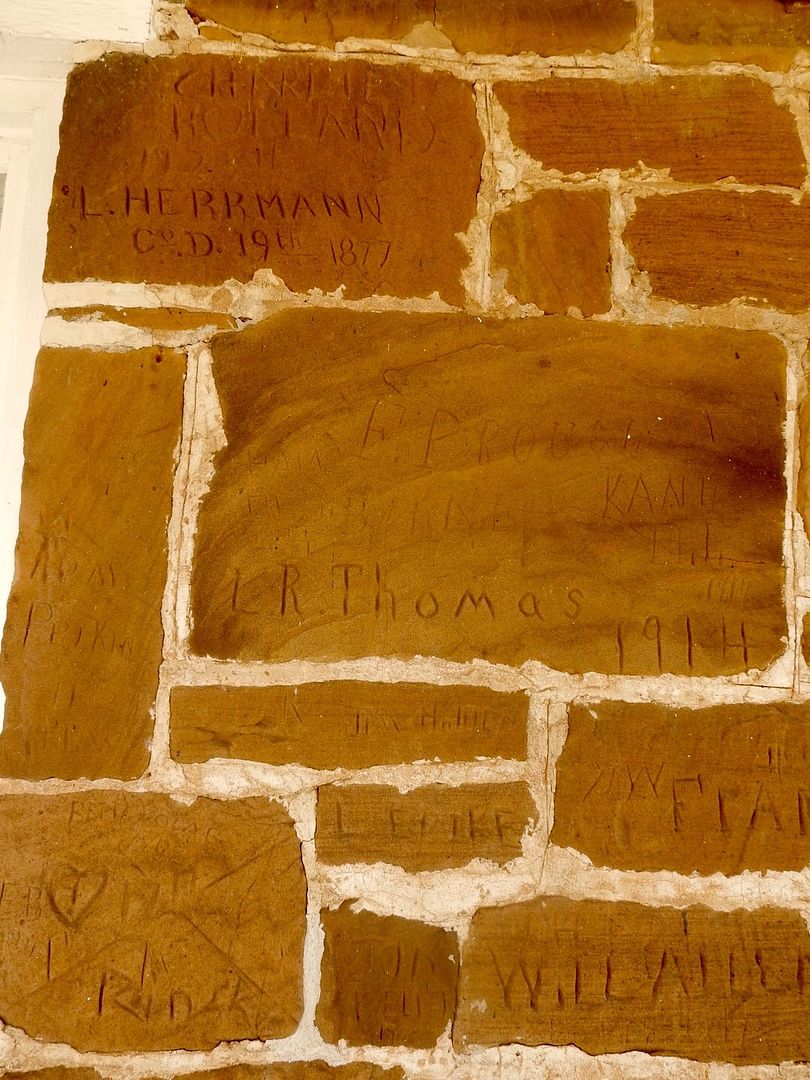
No comments:
Post a Comment